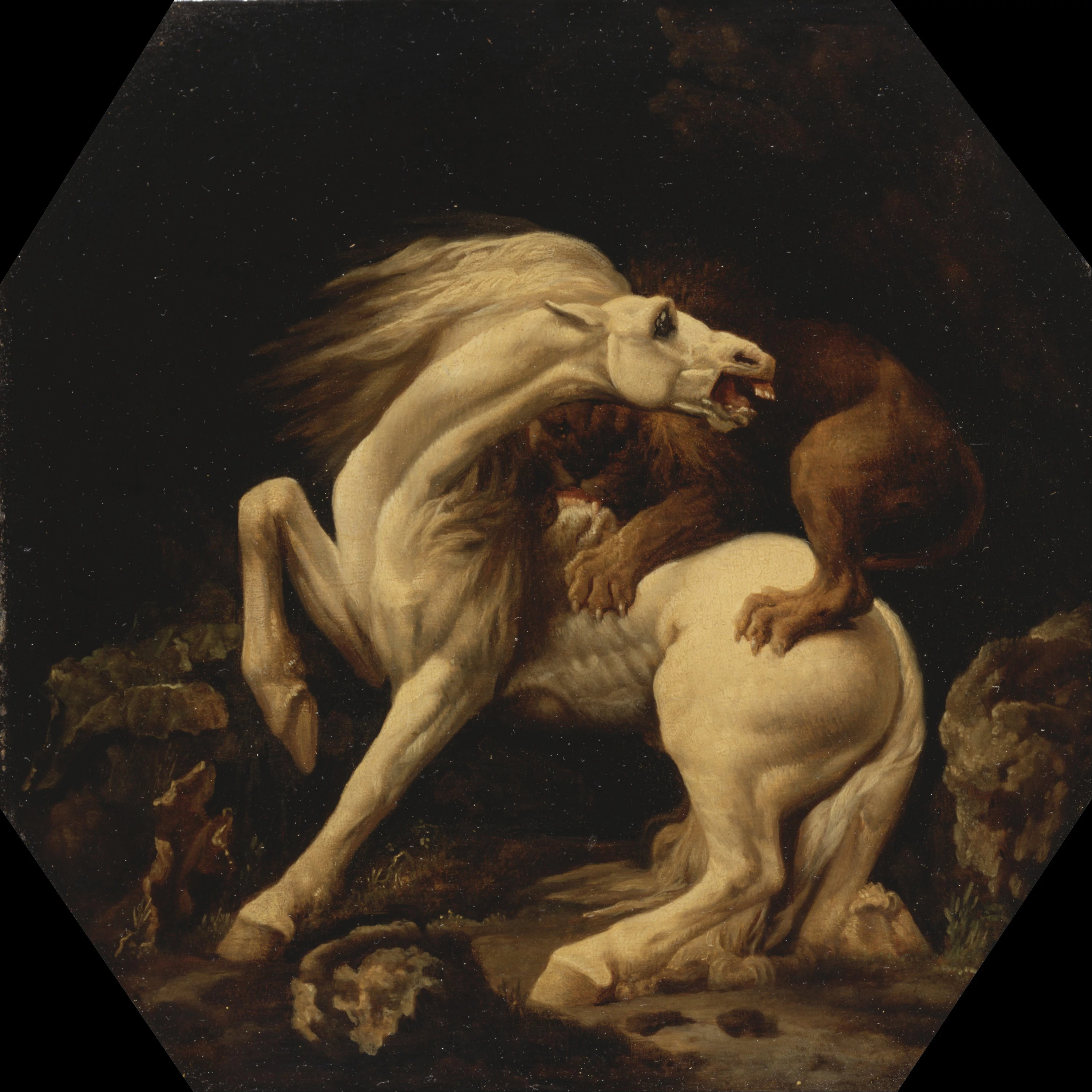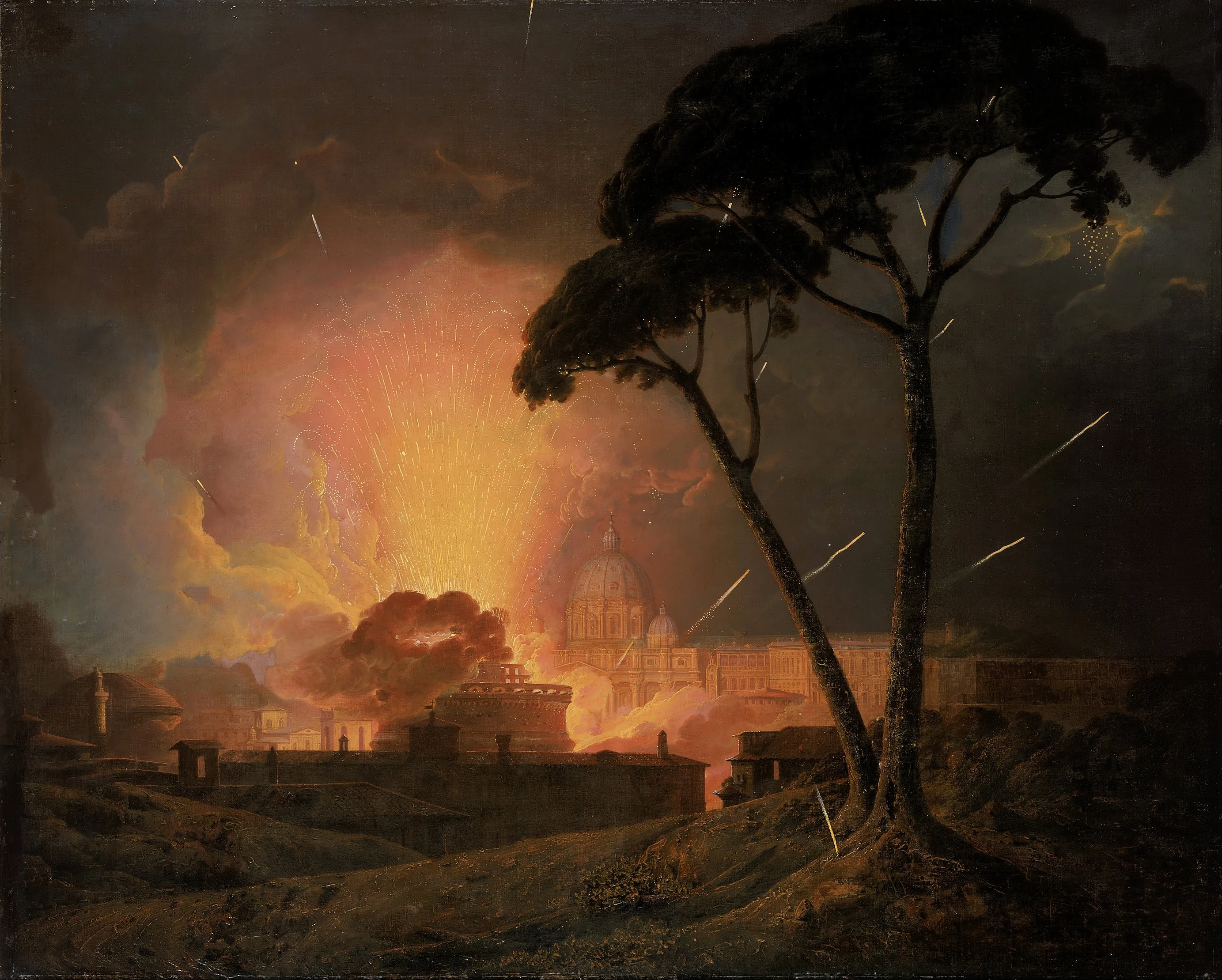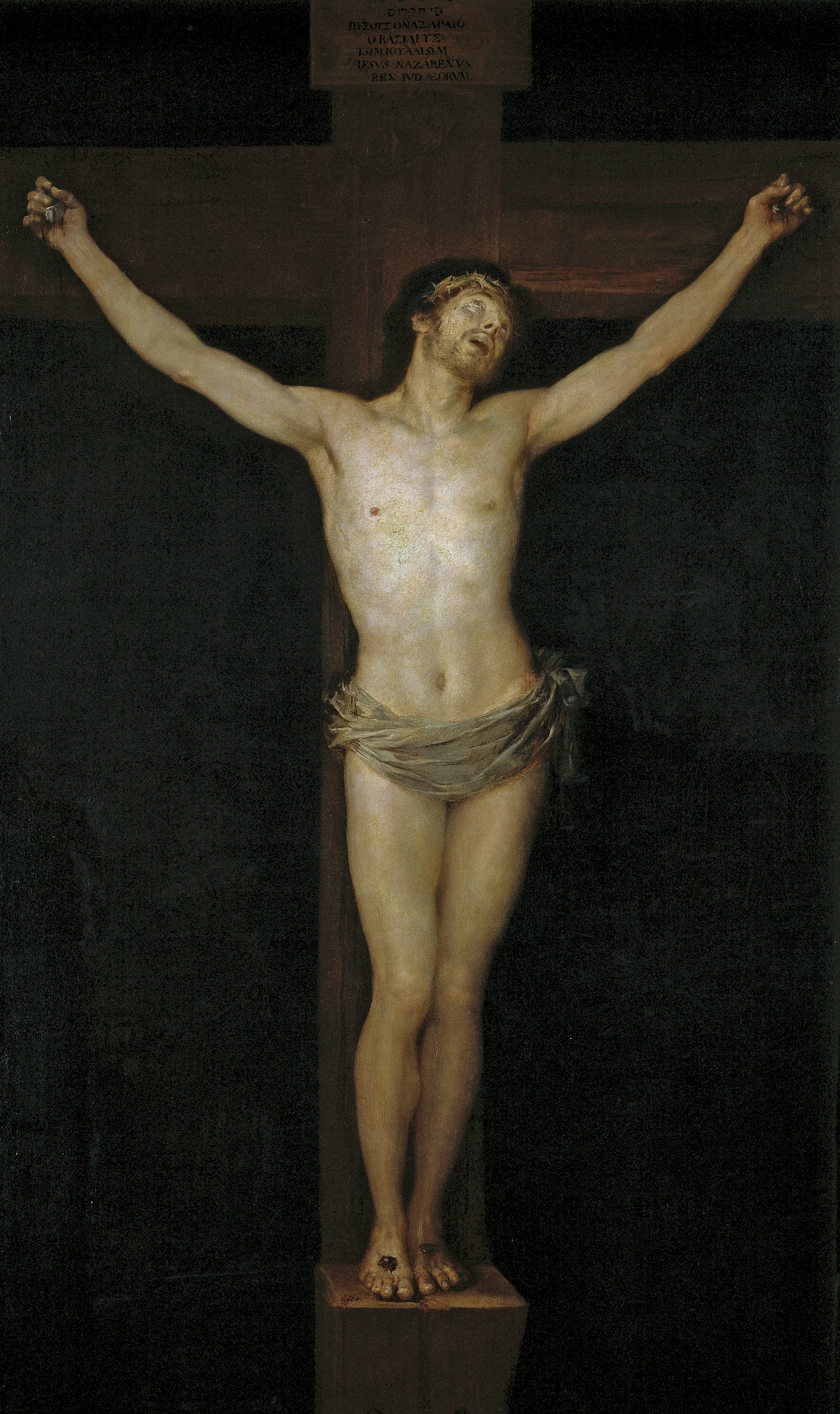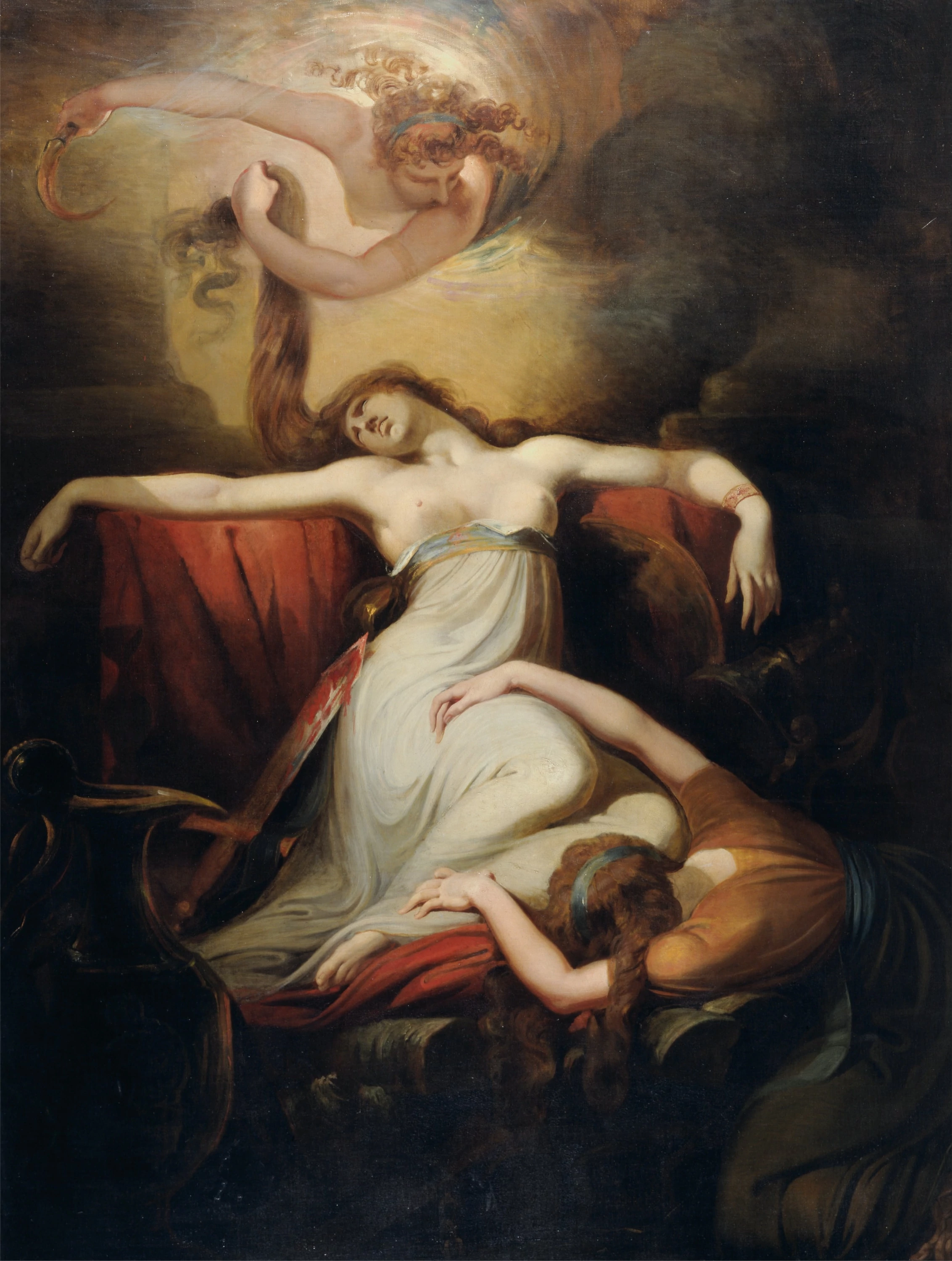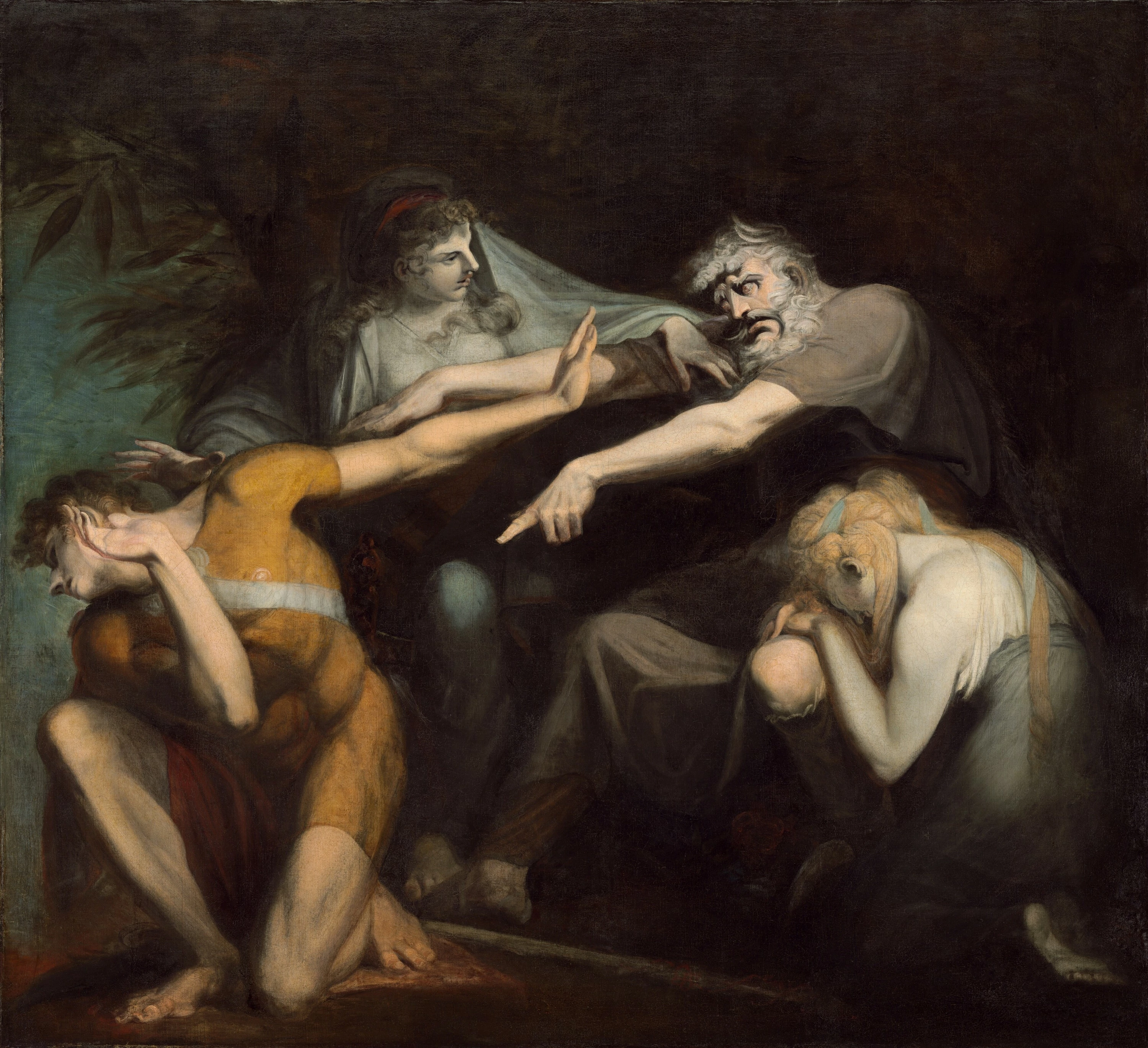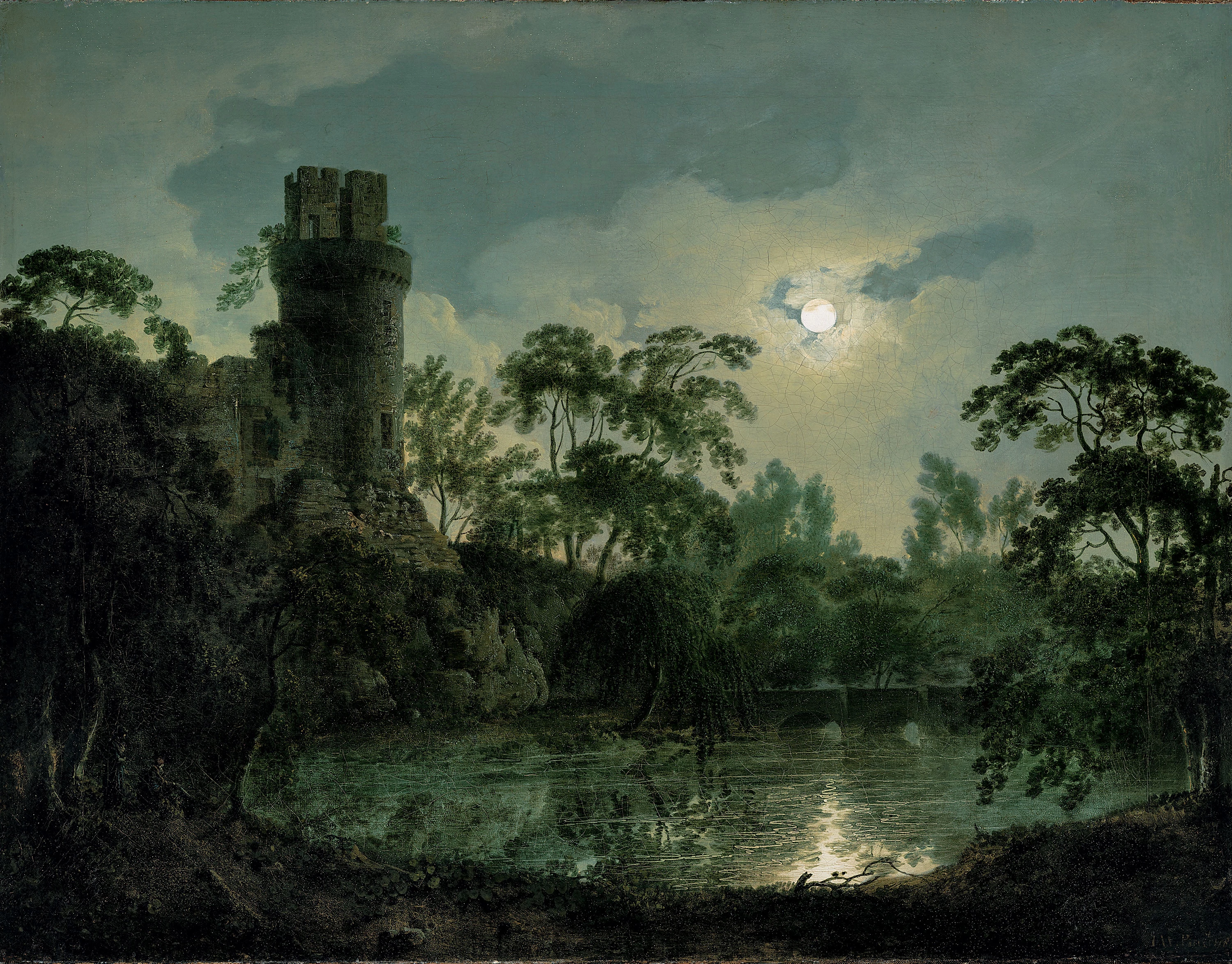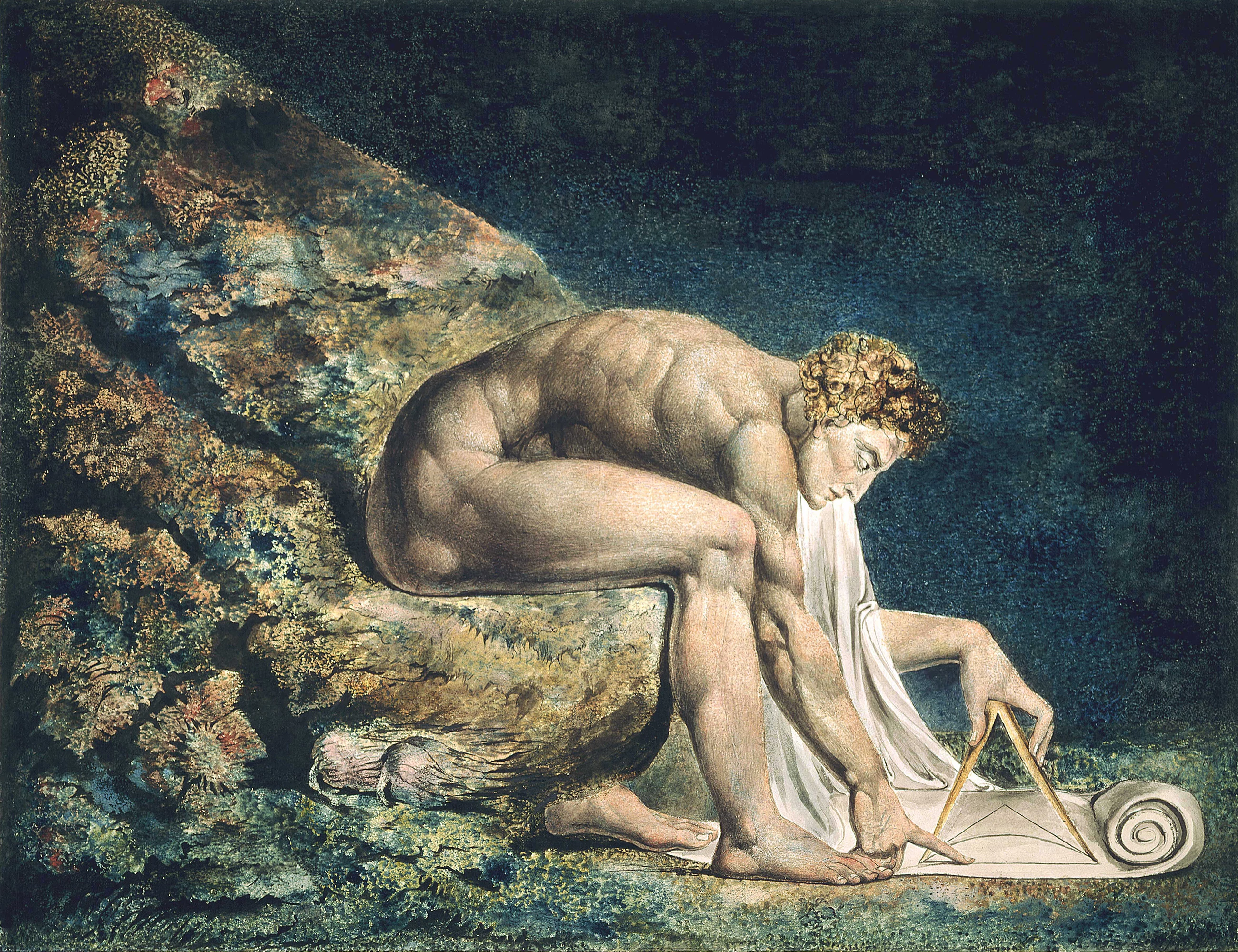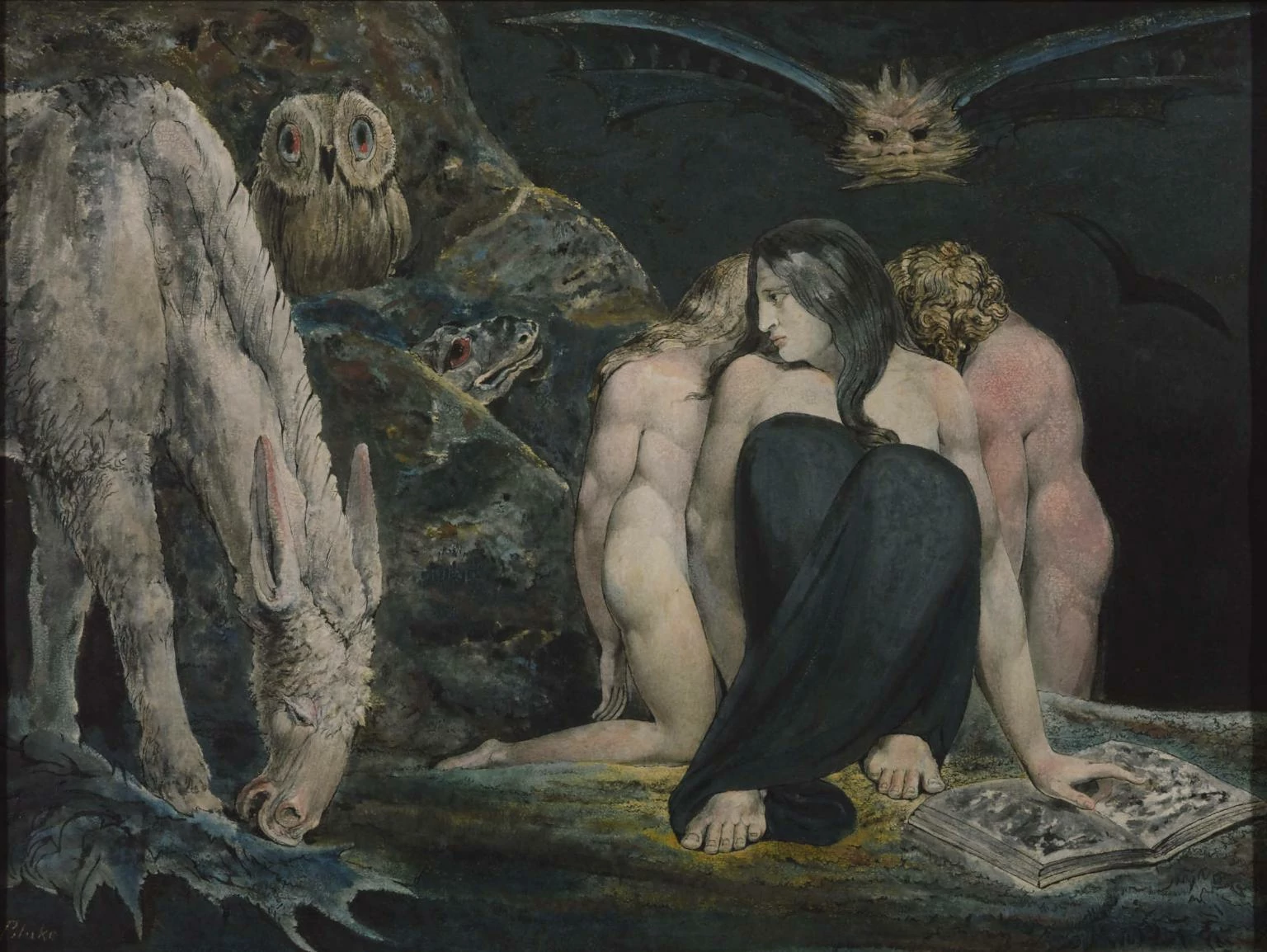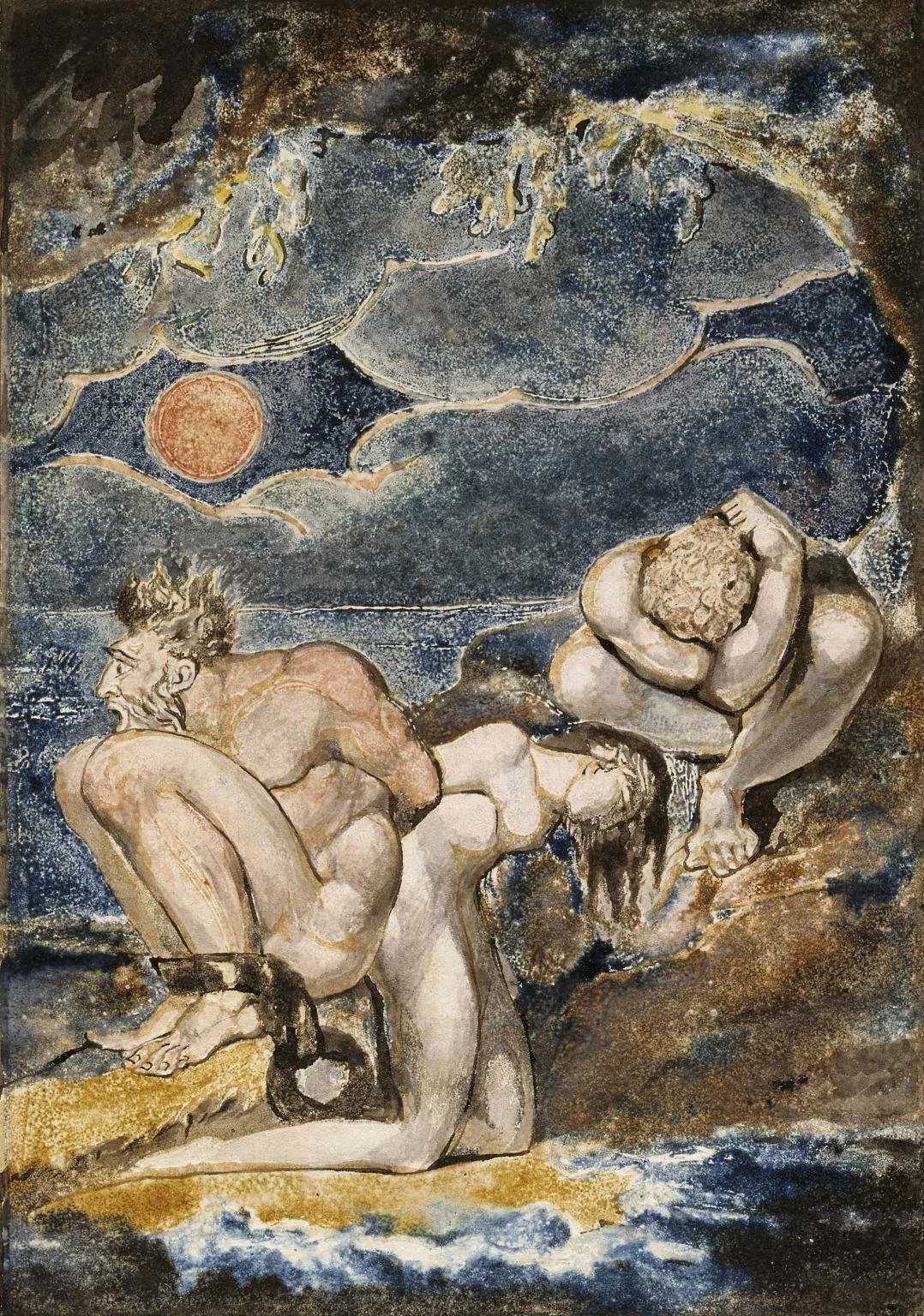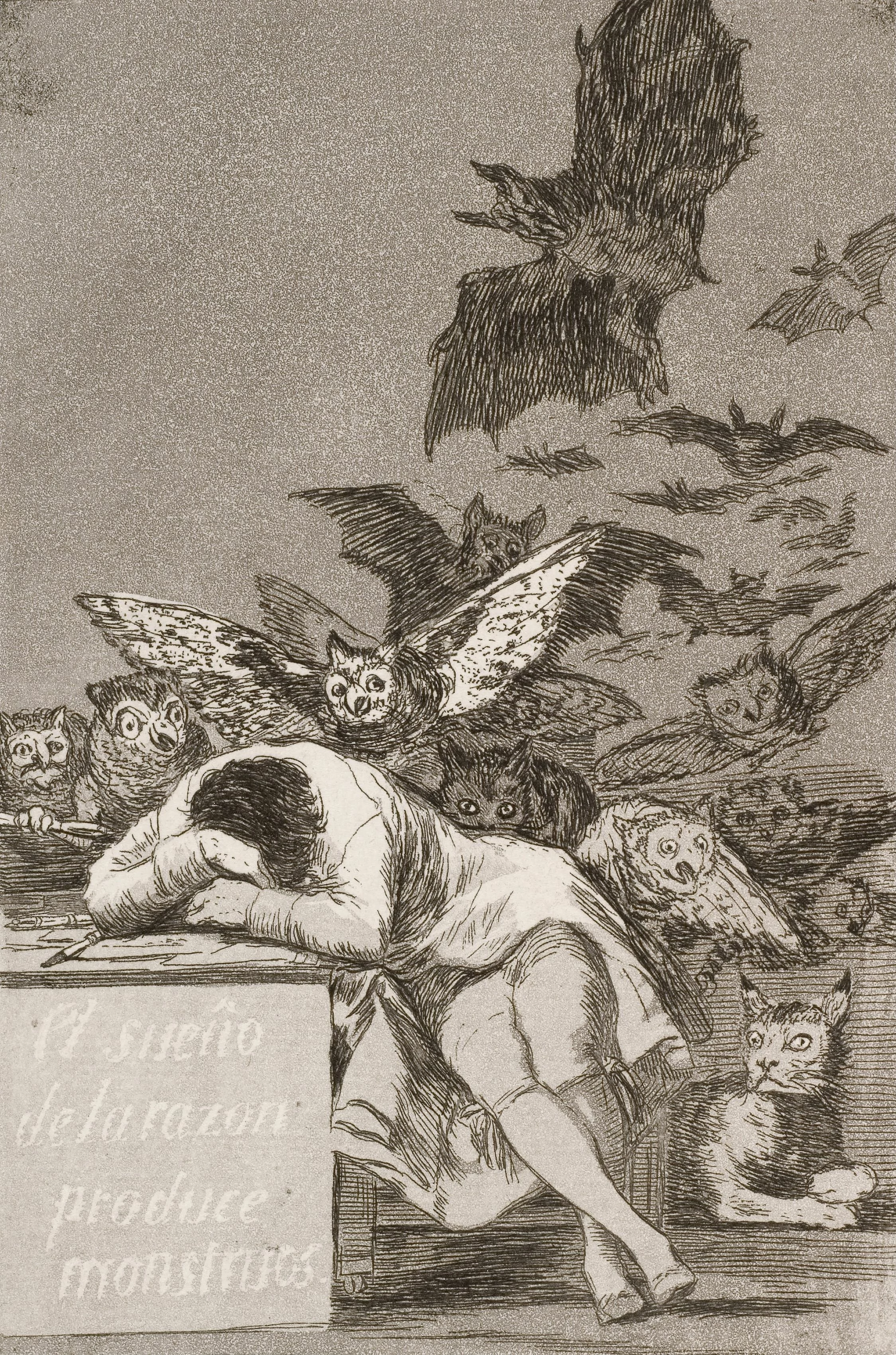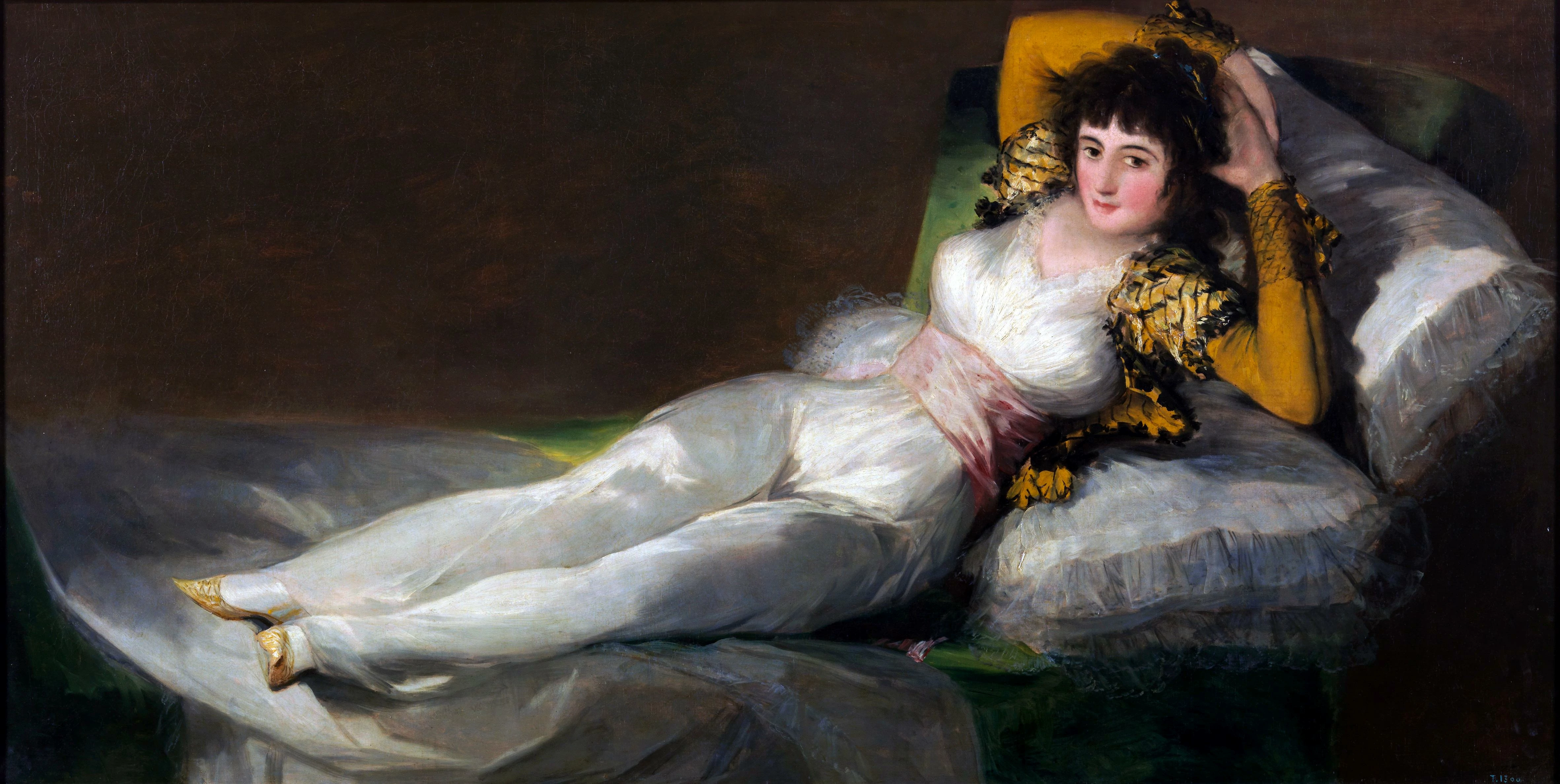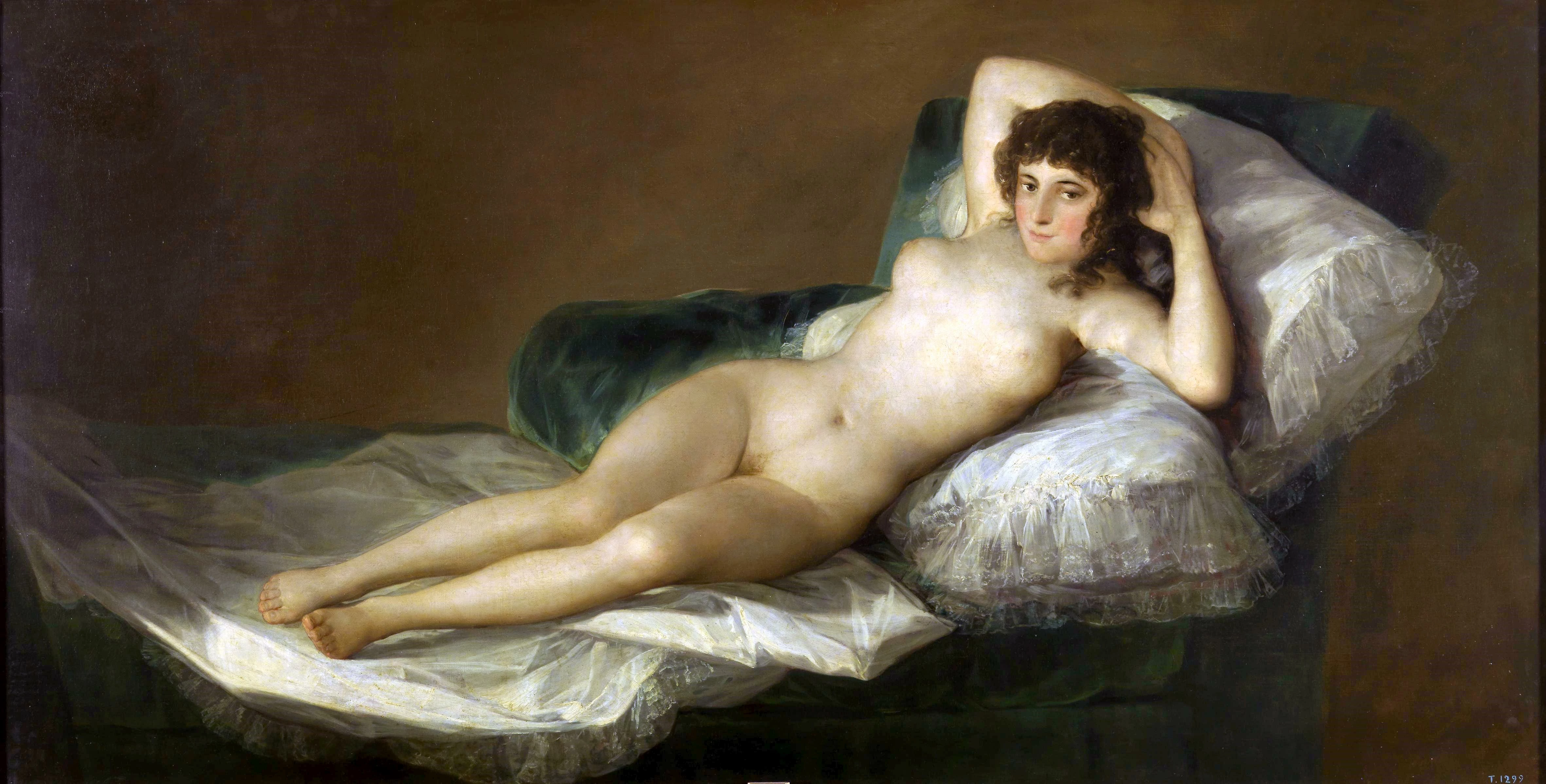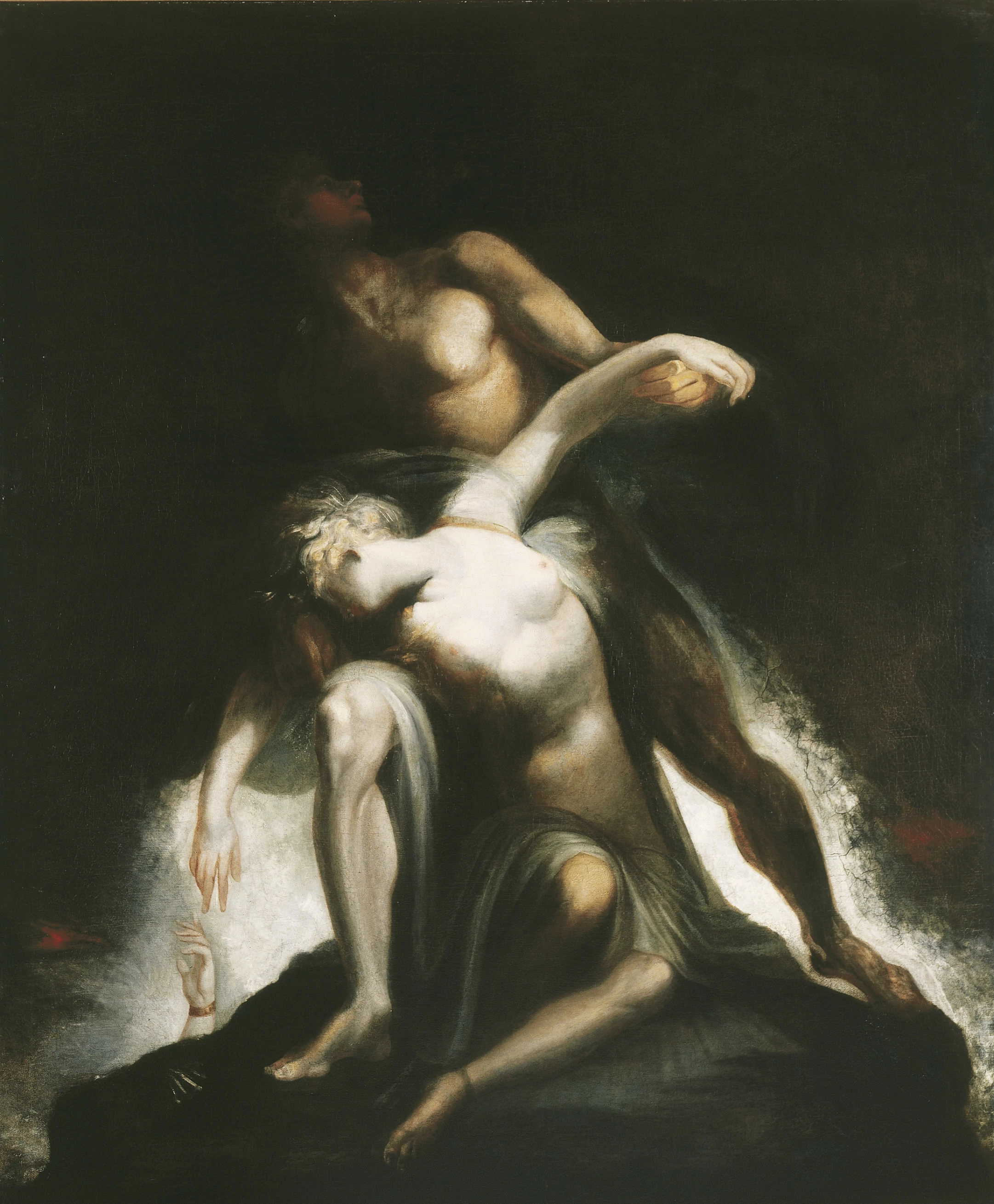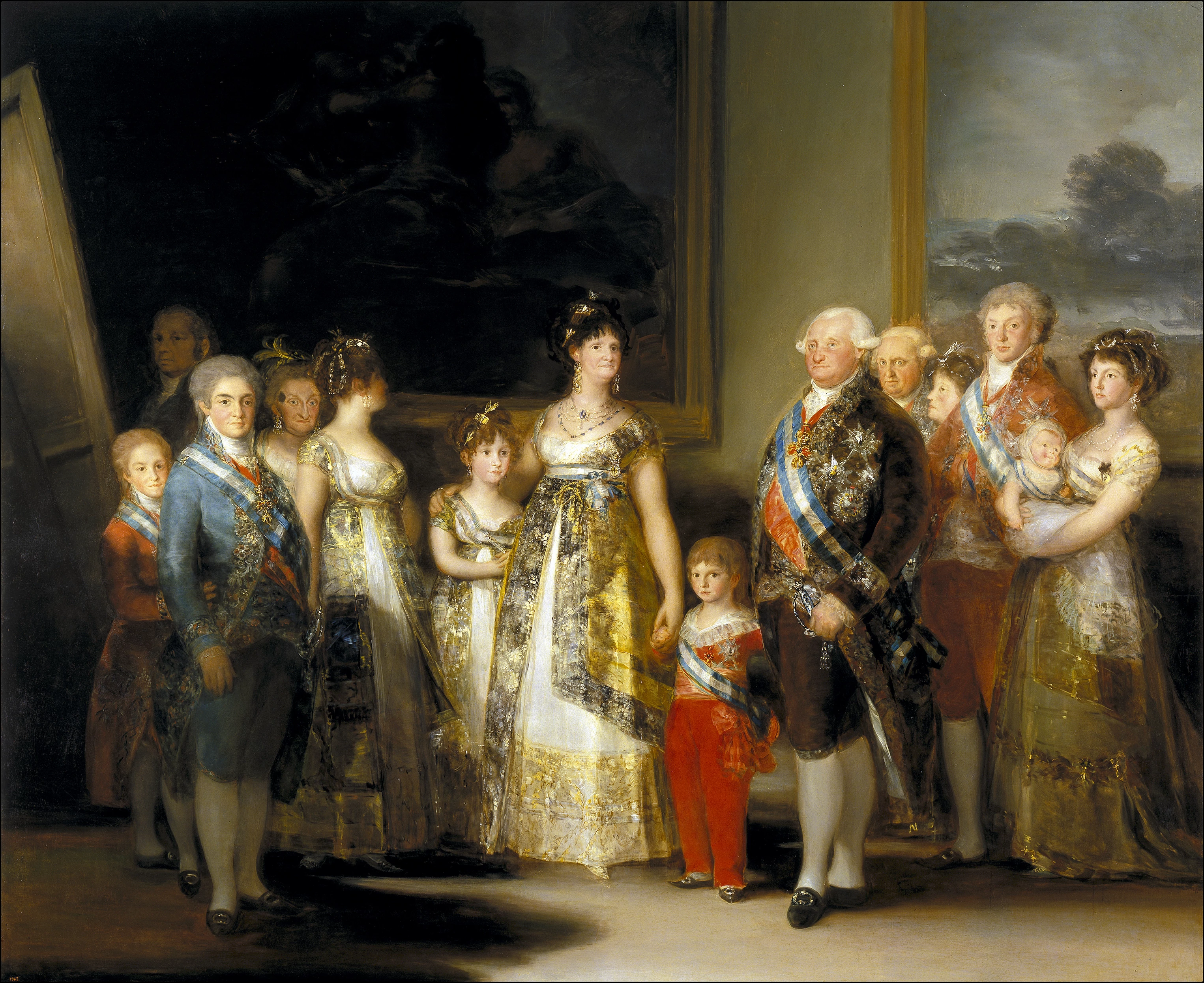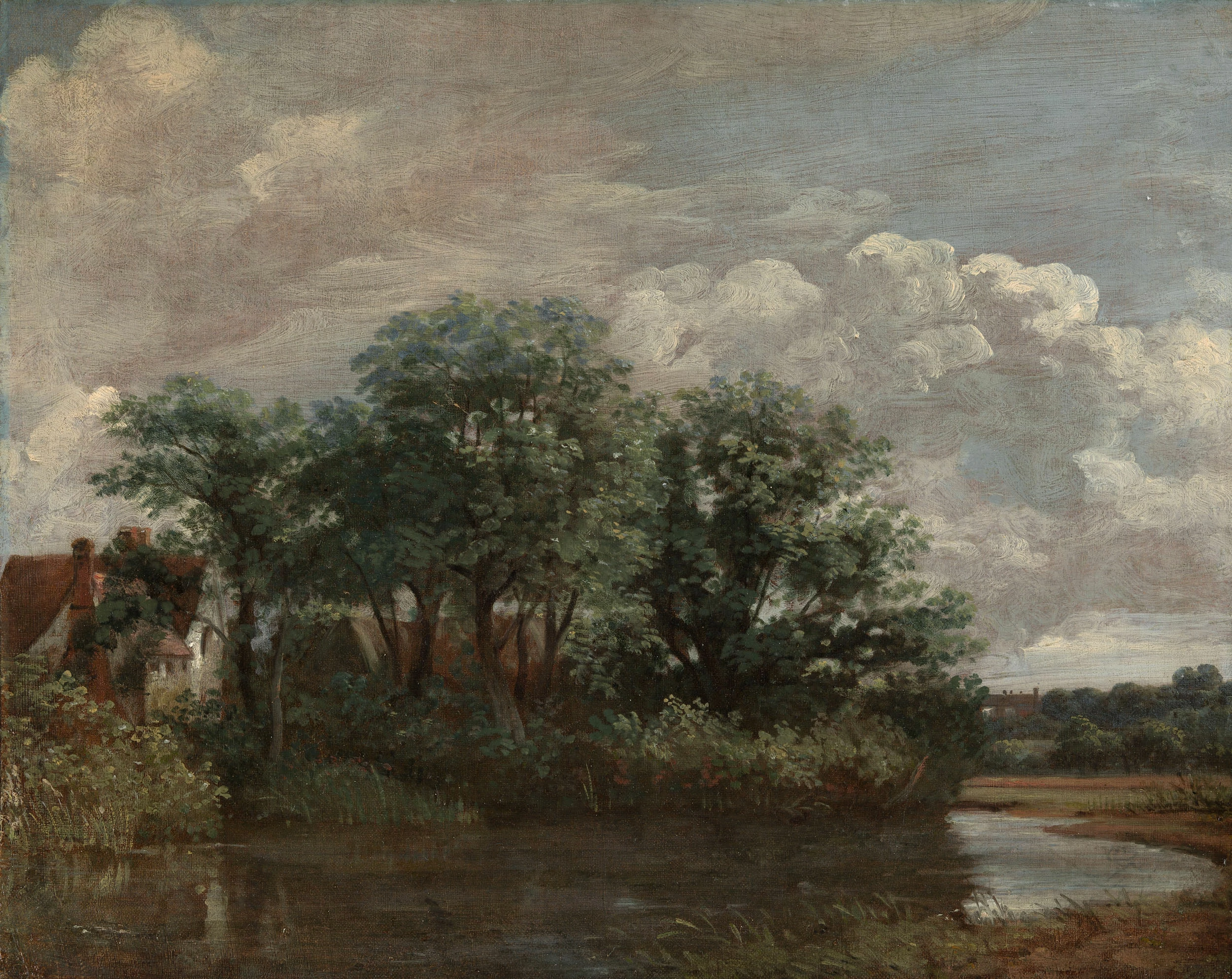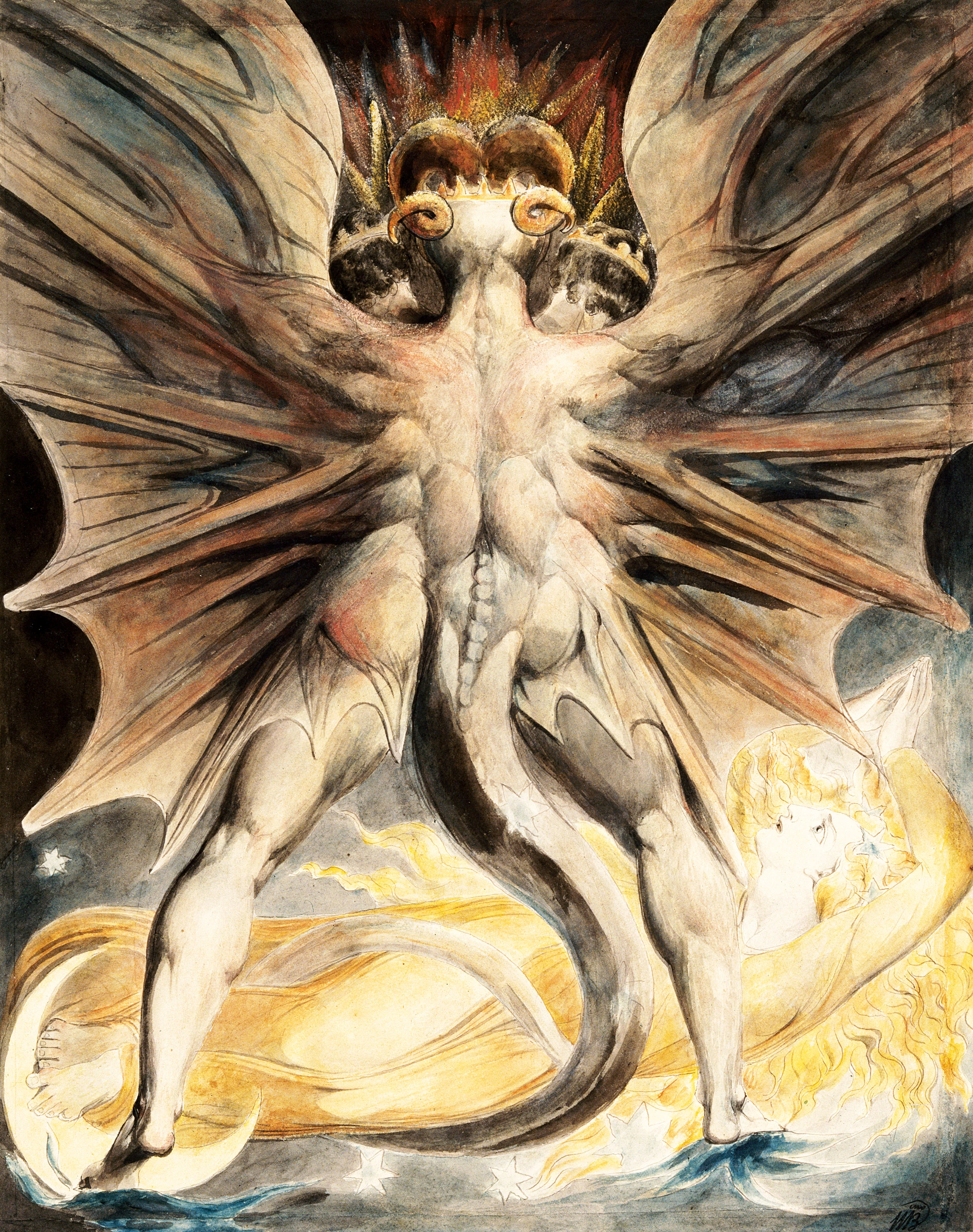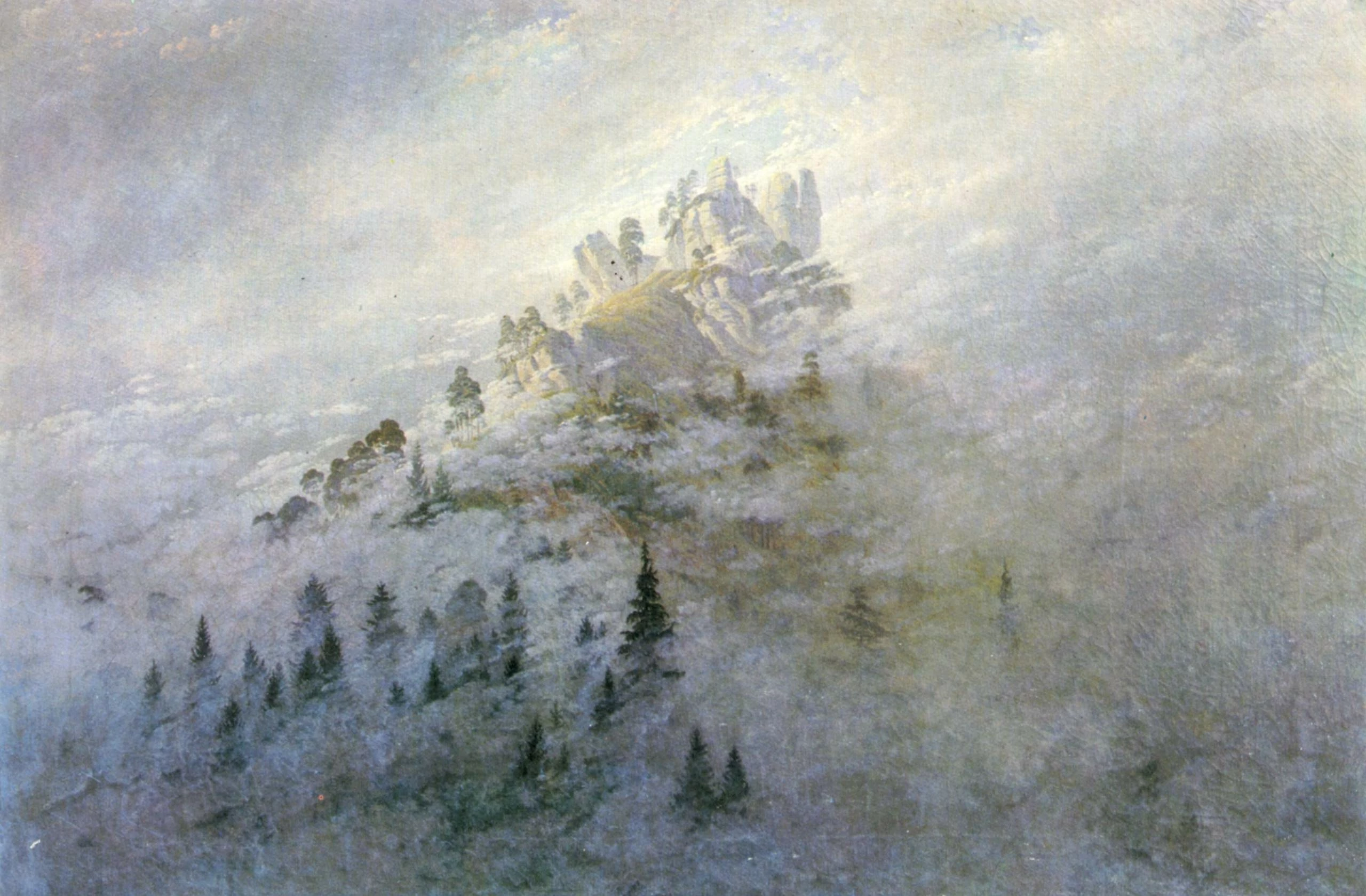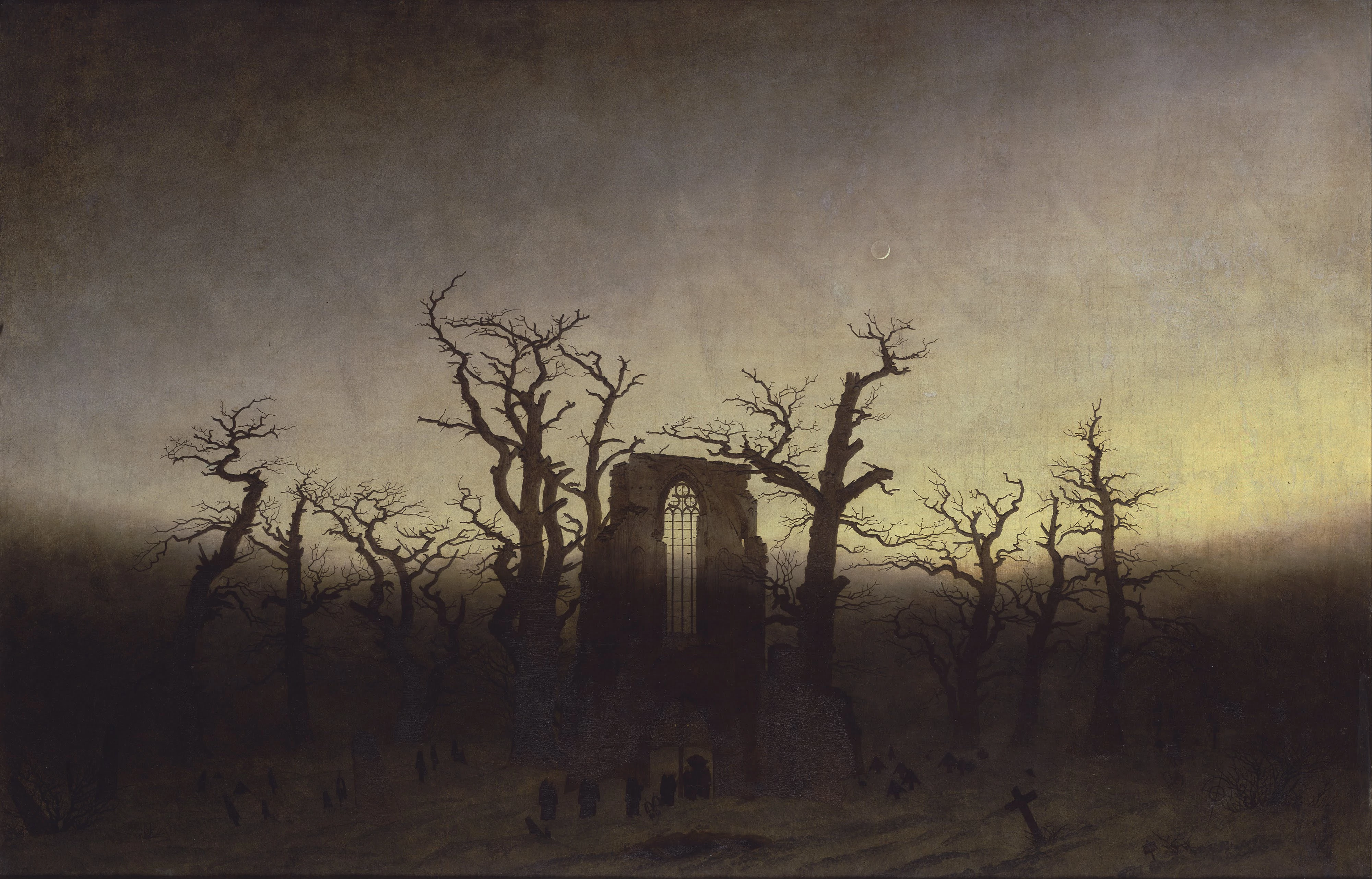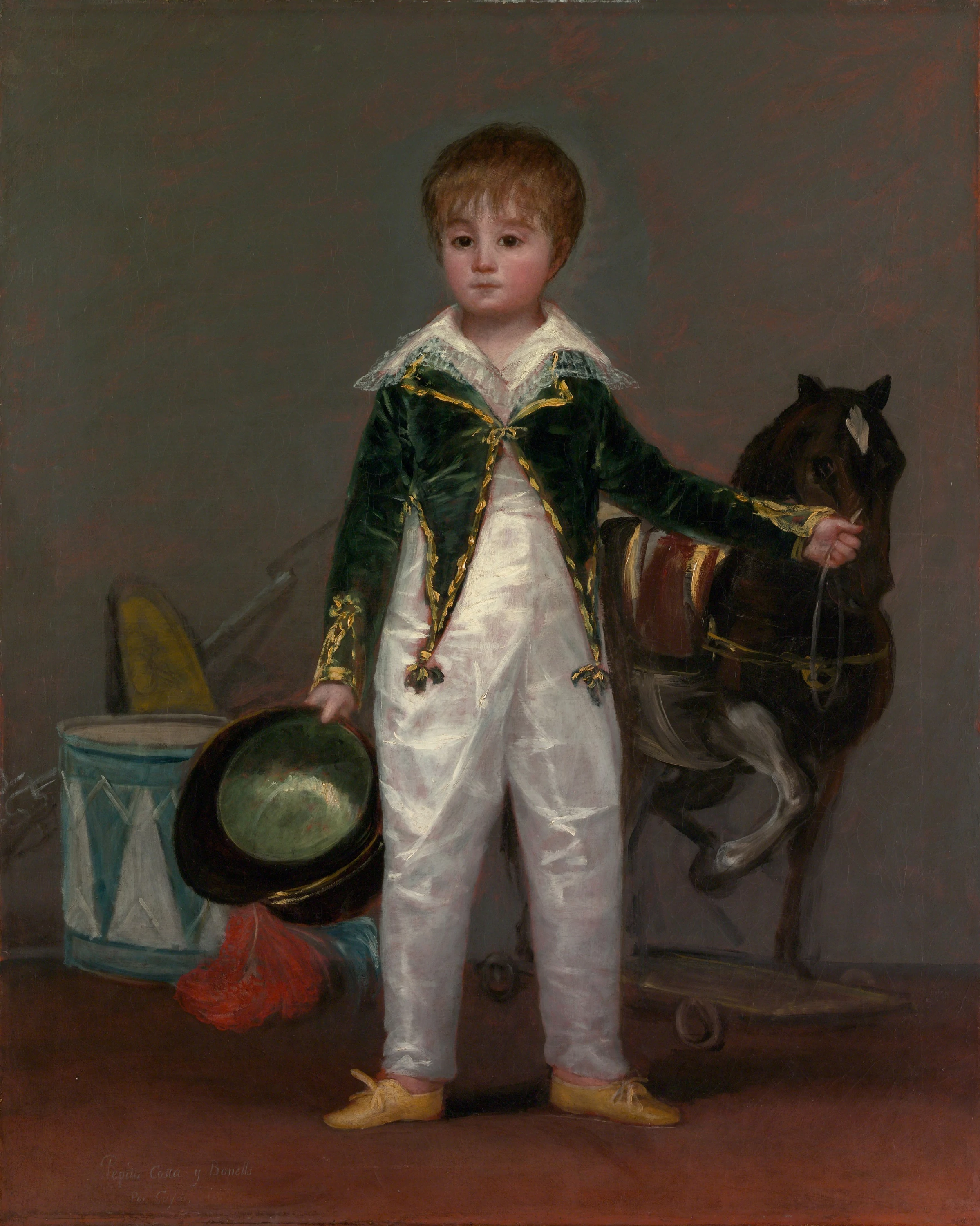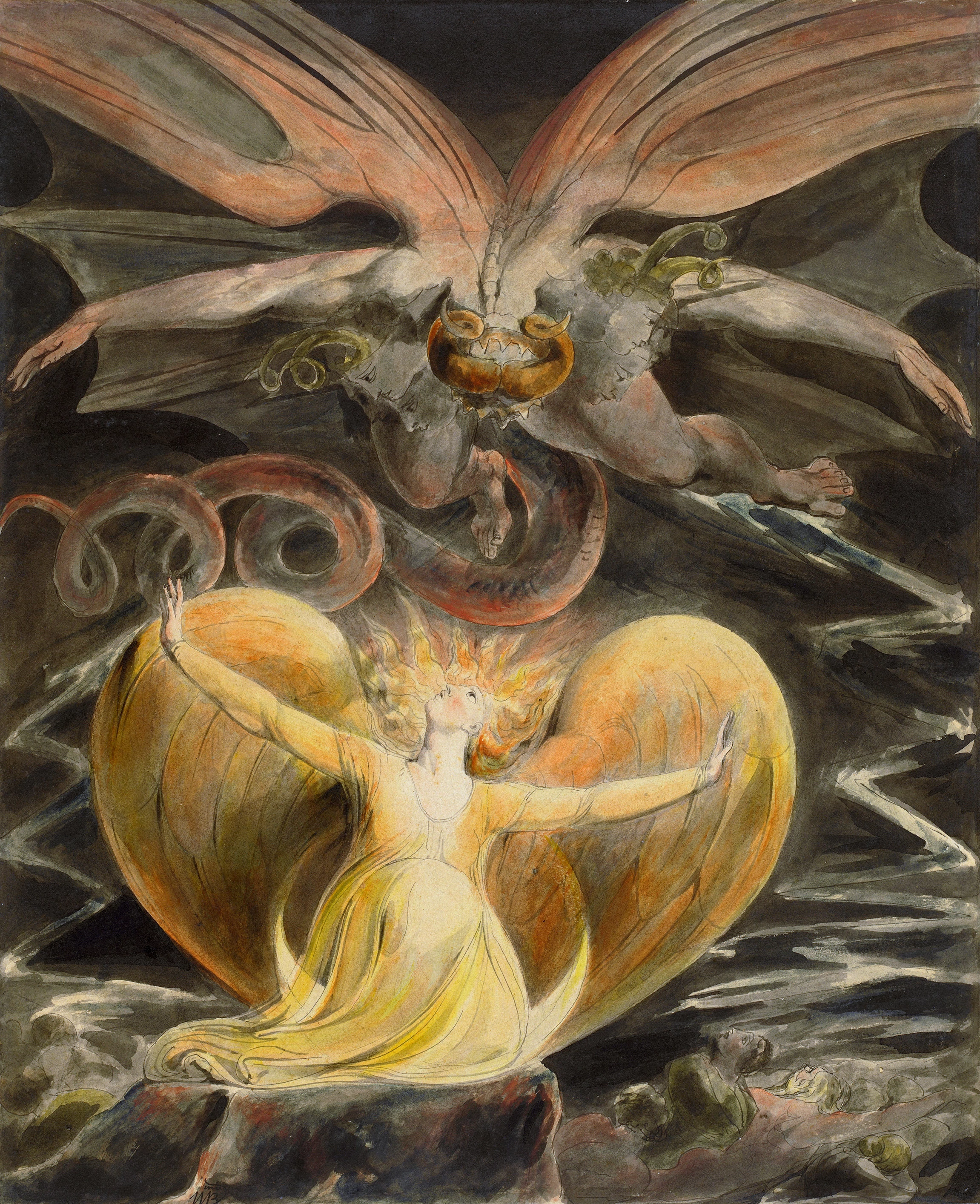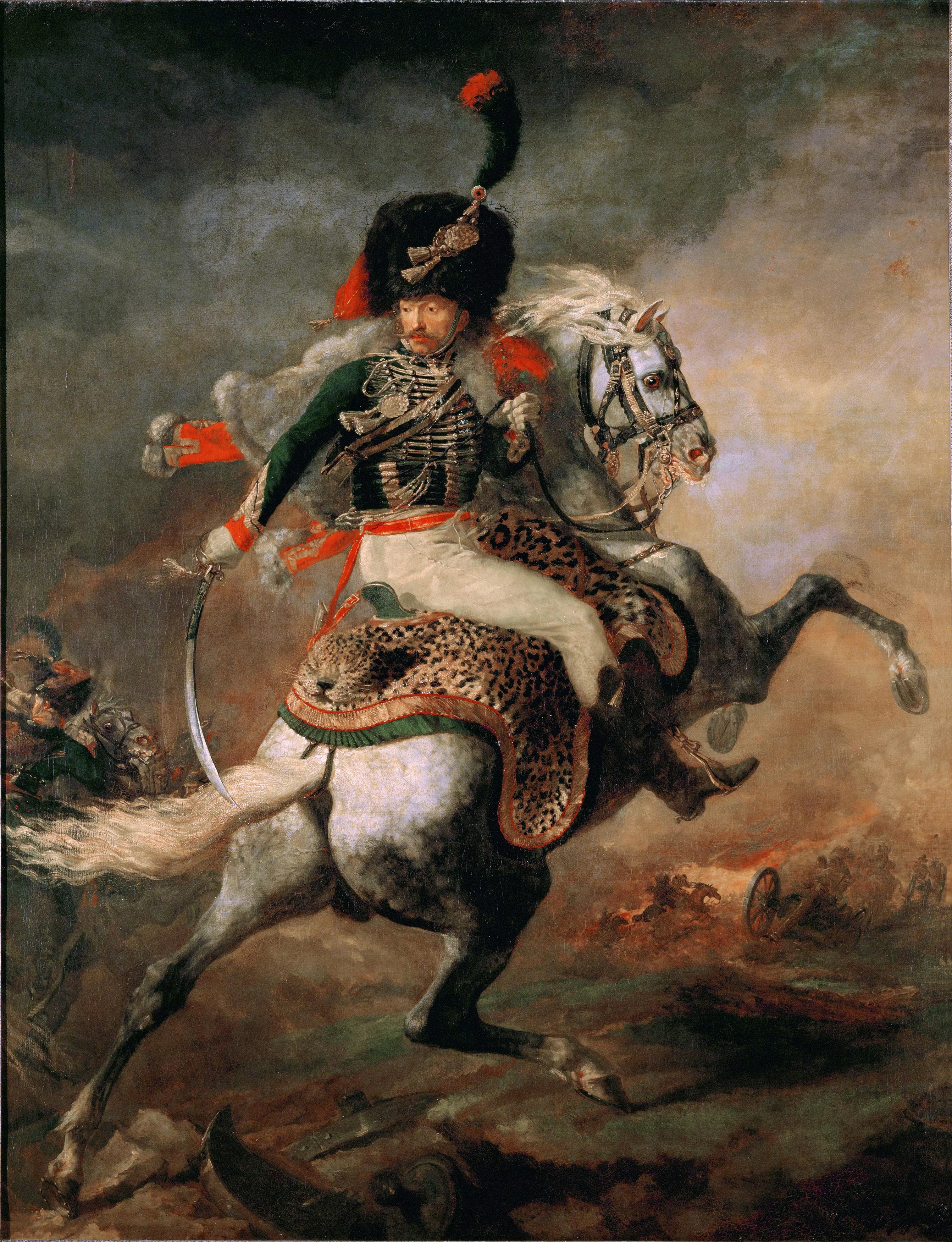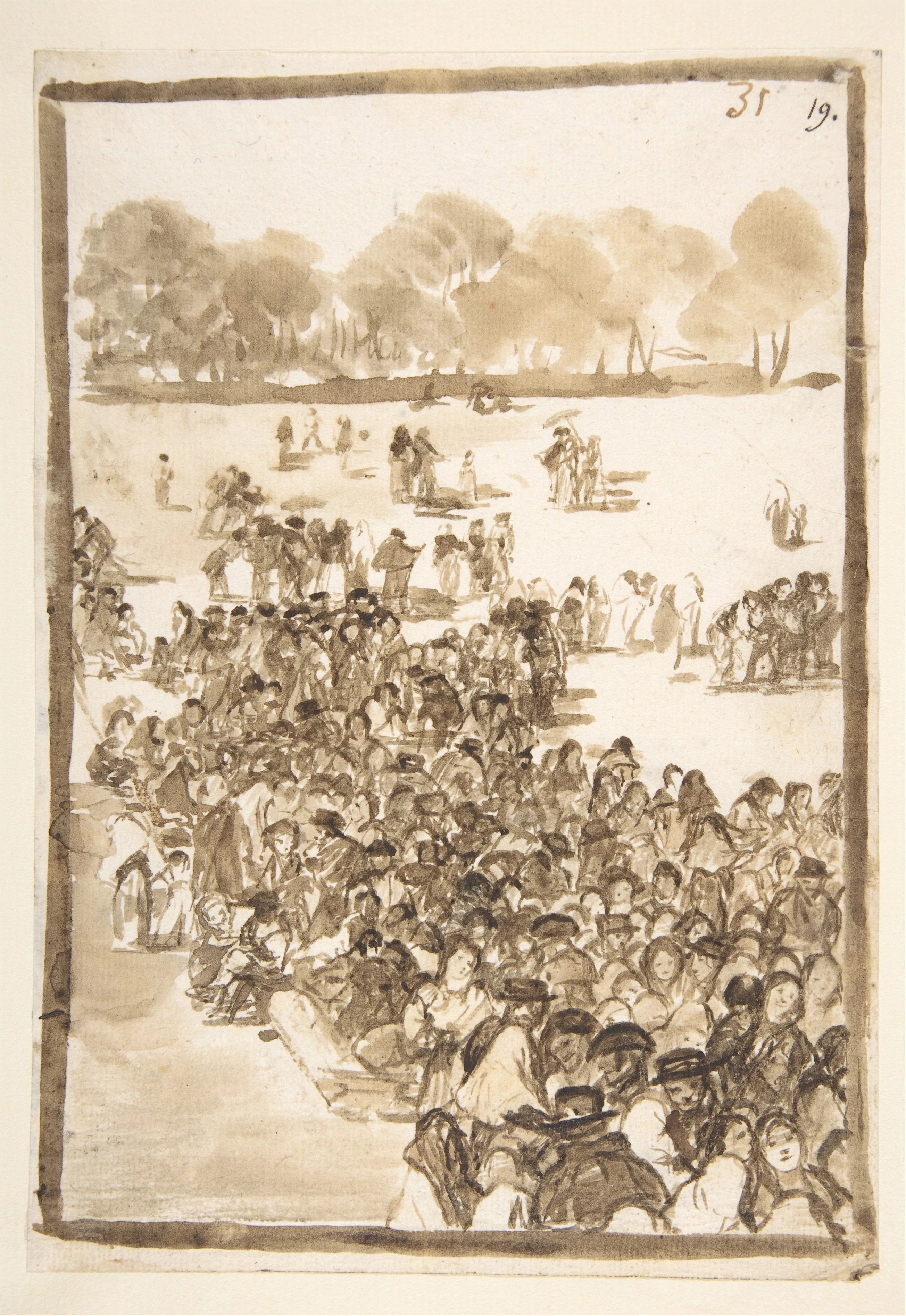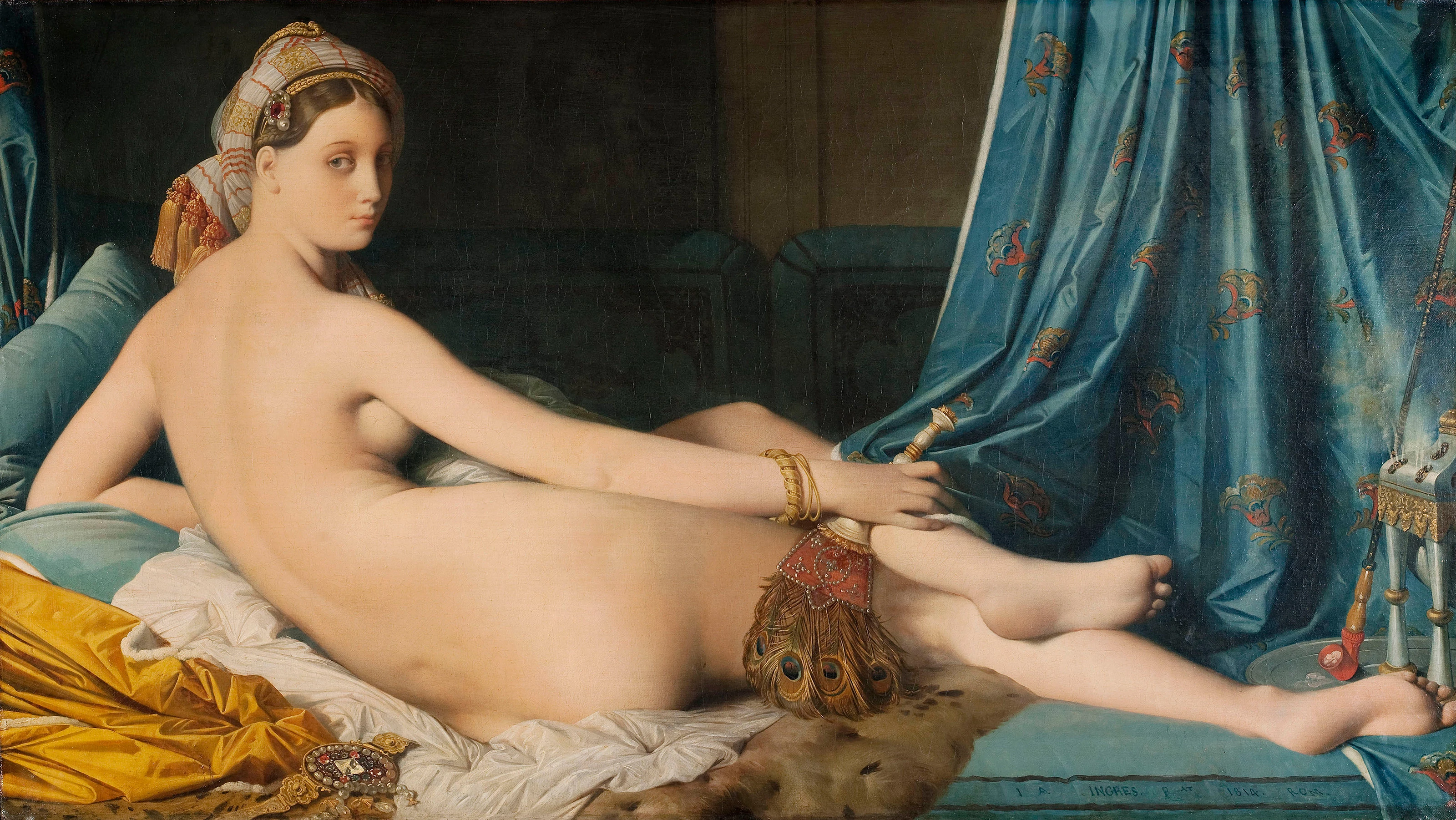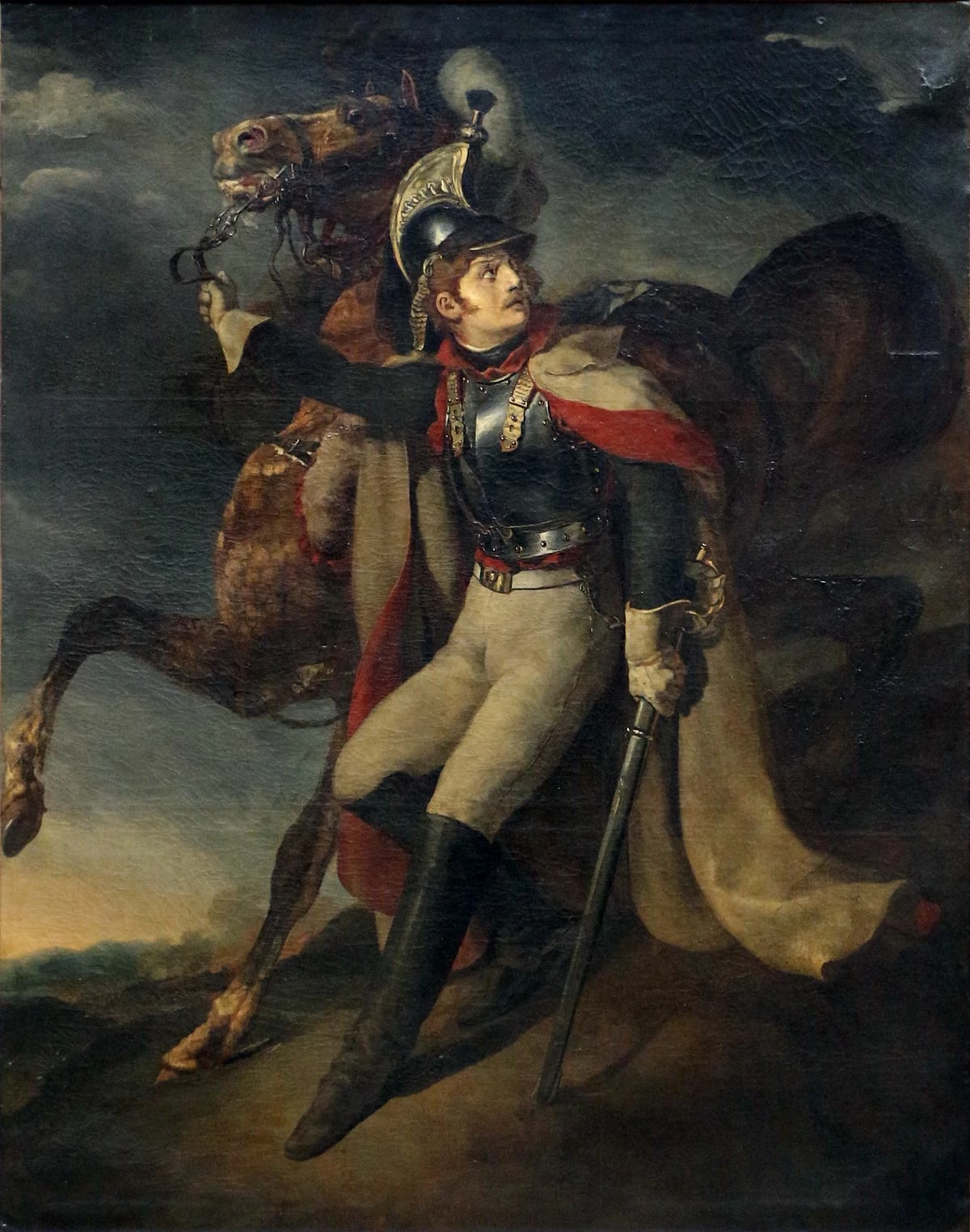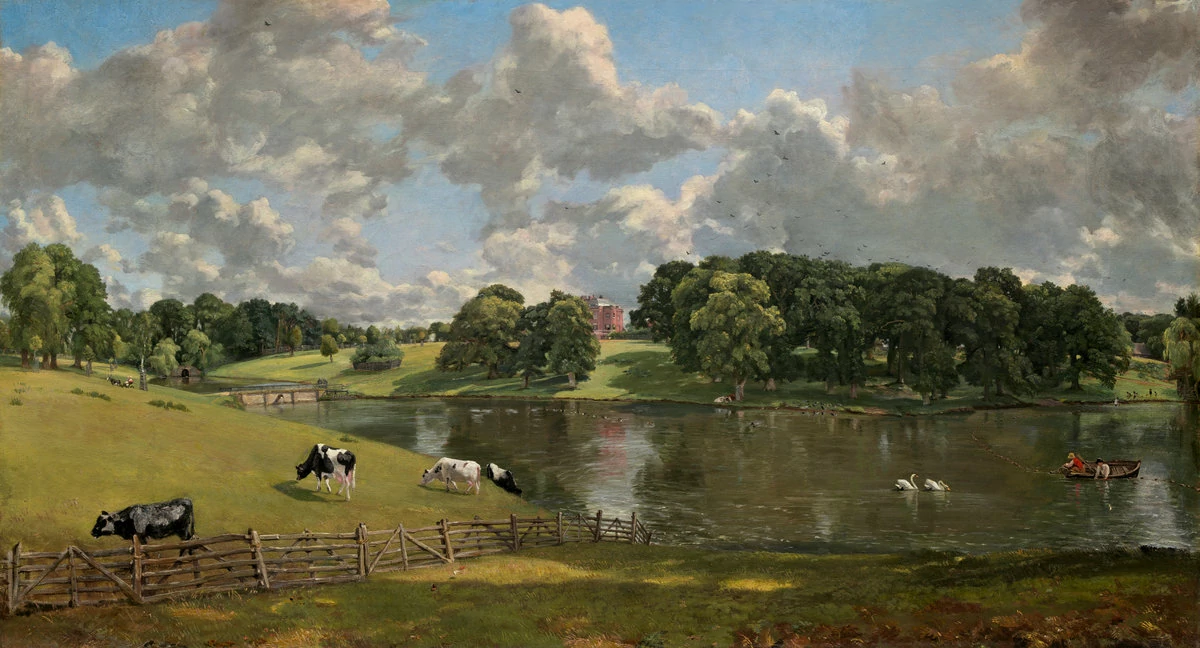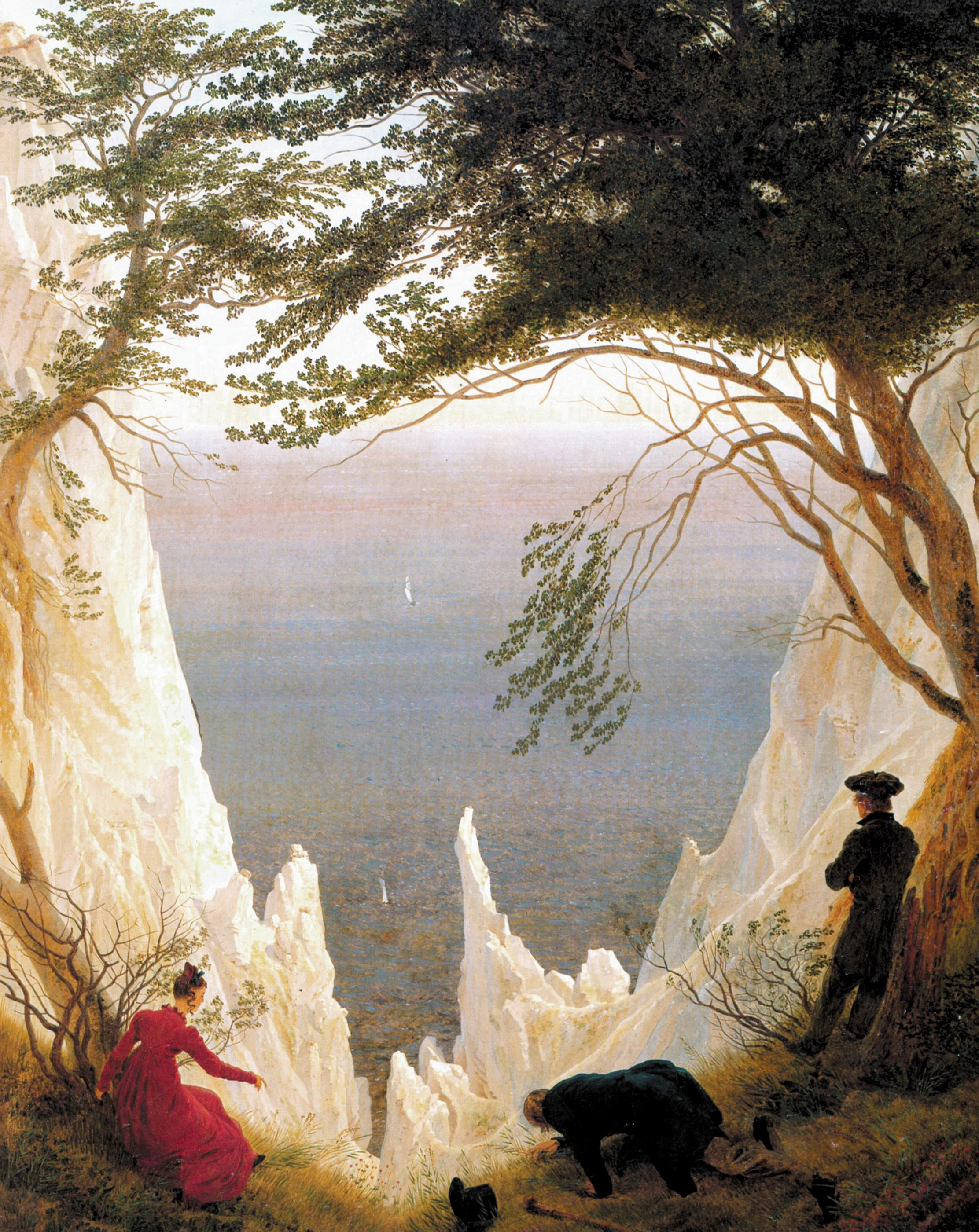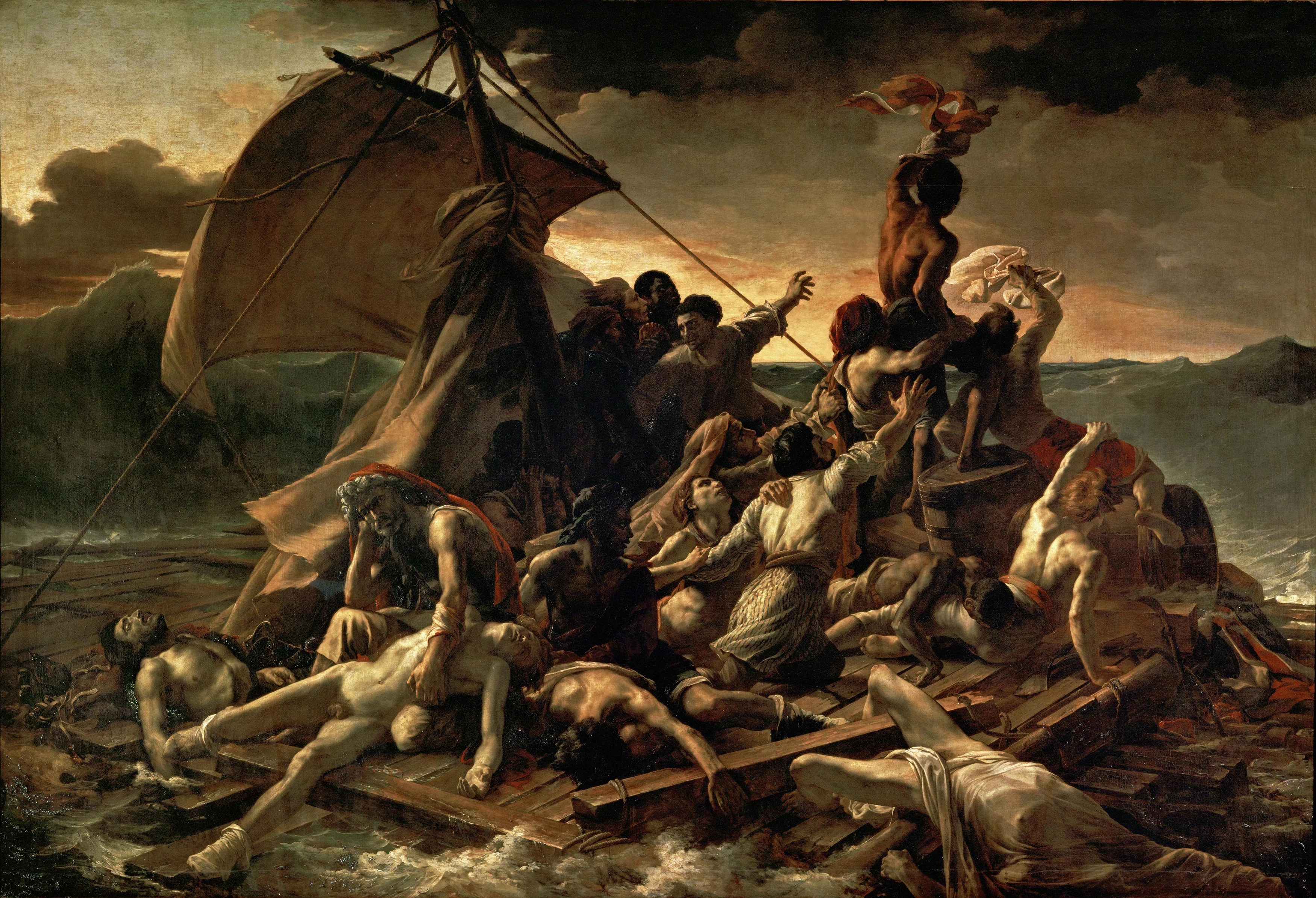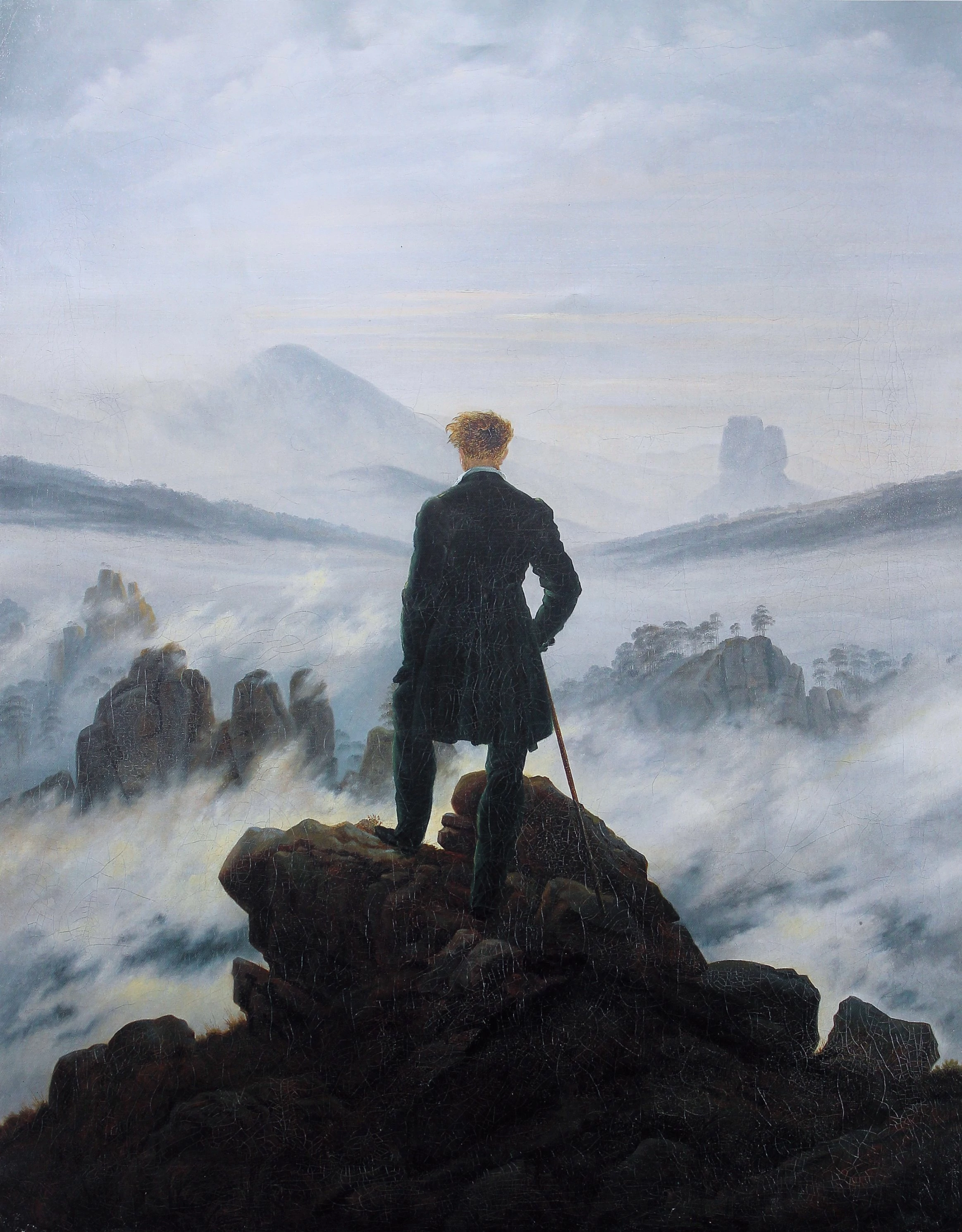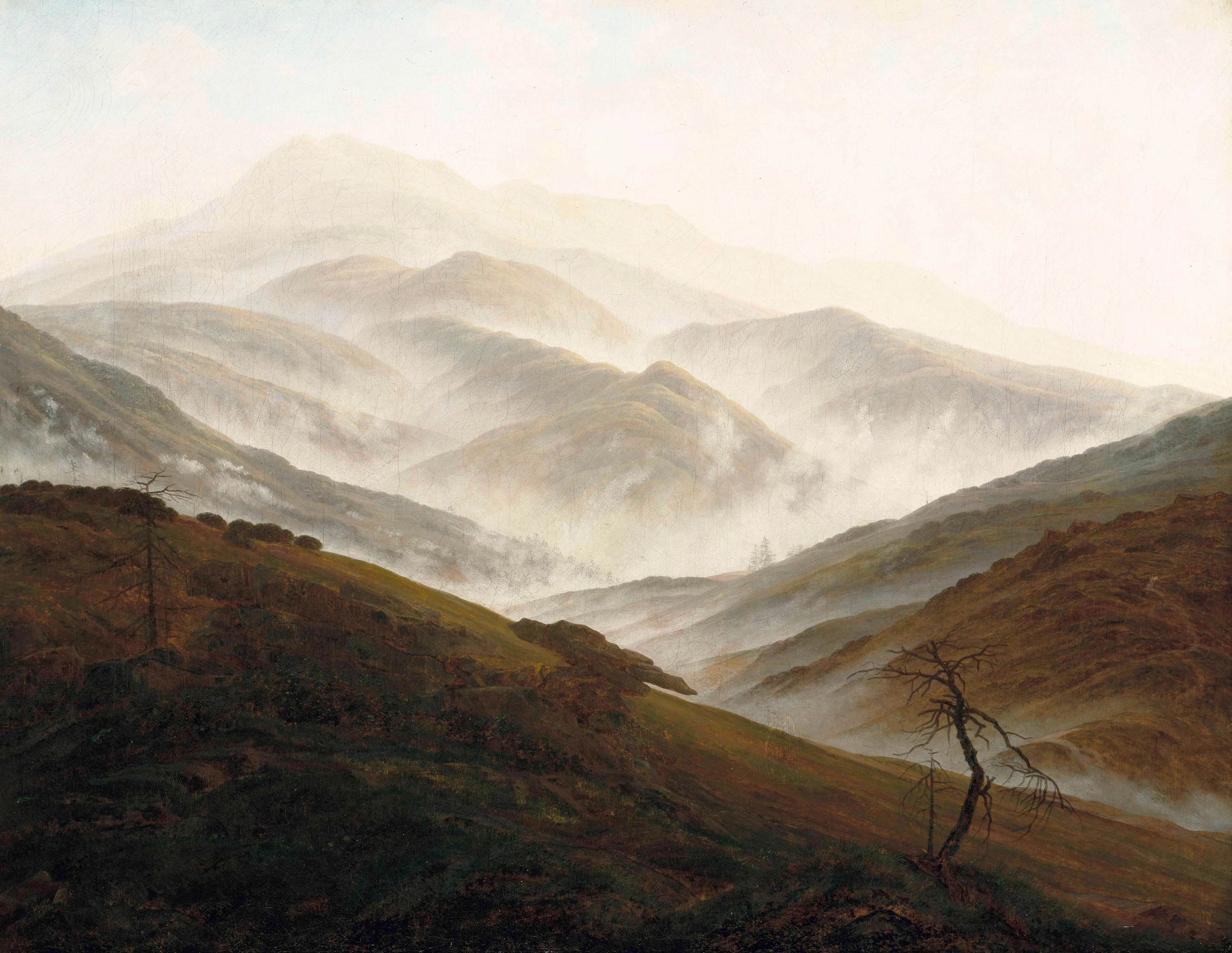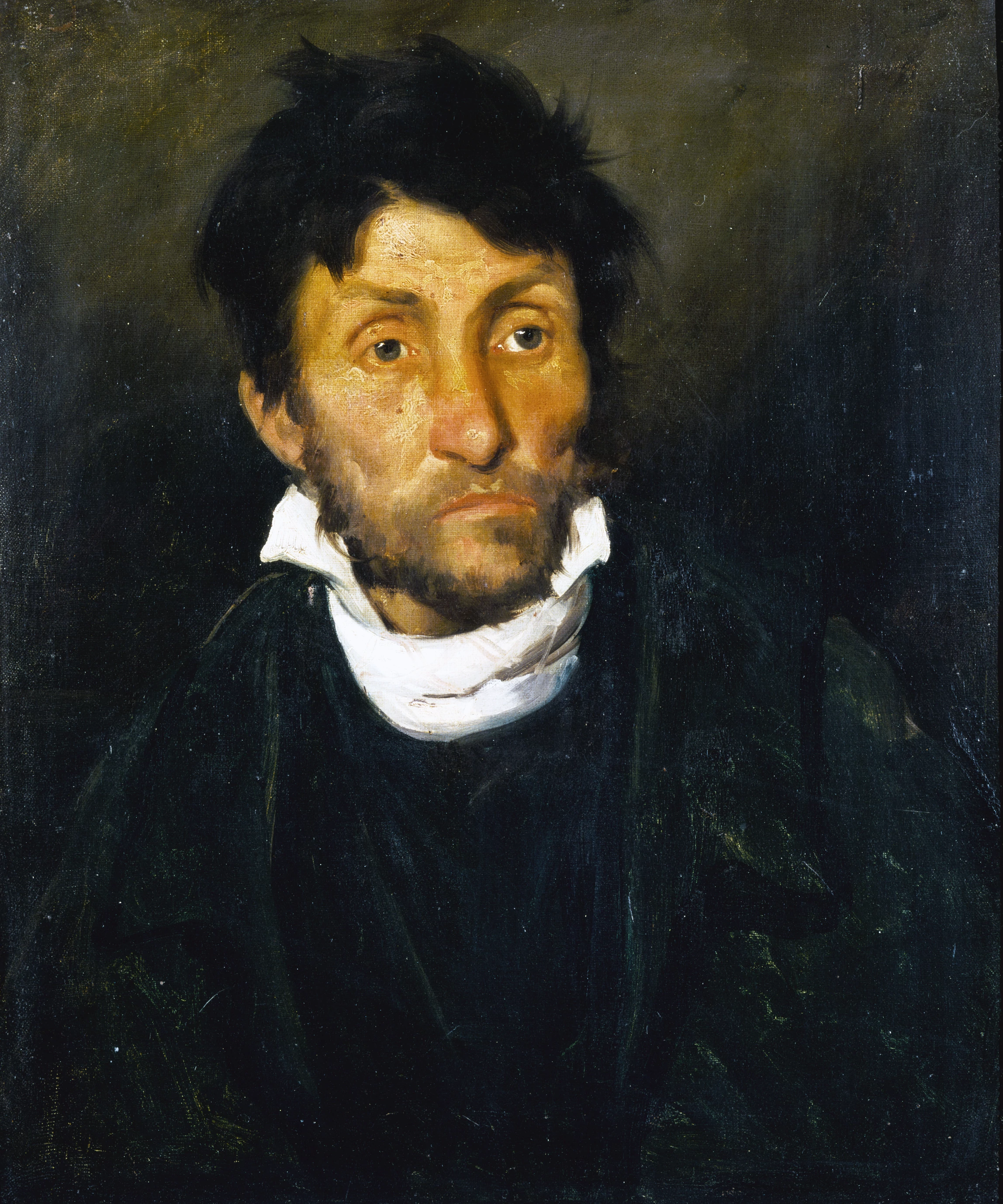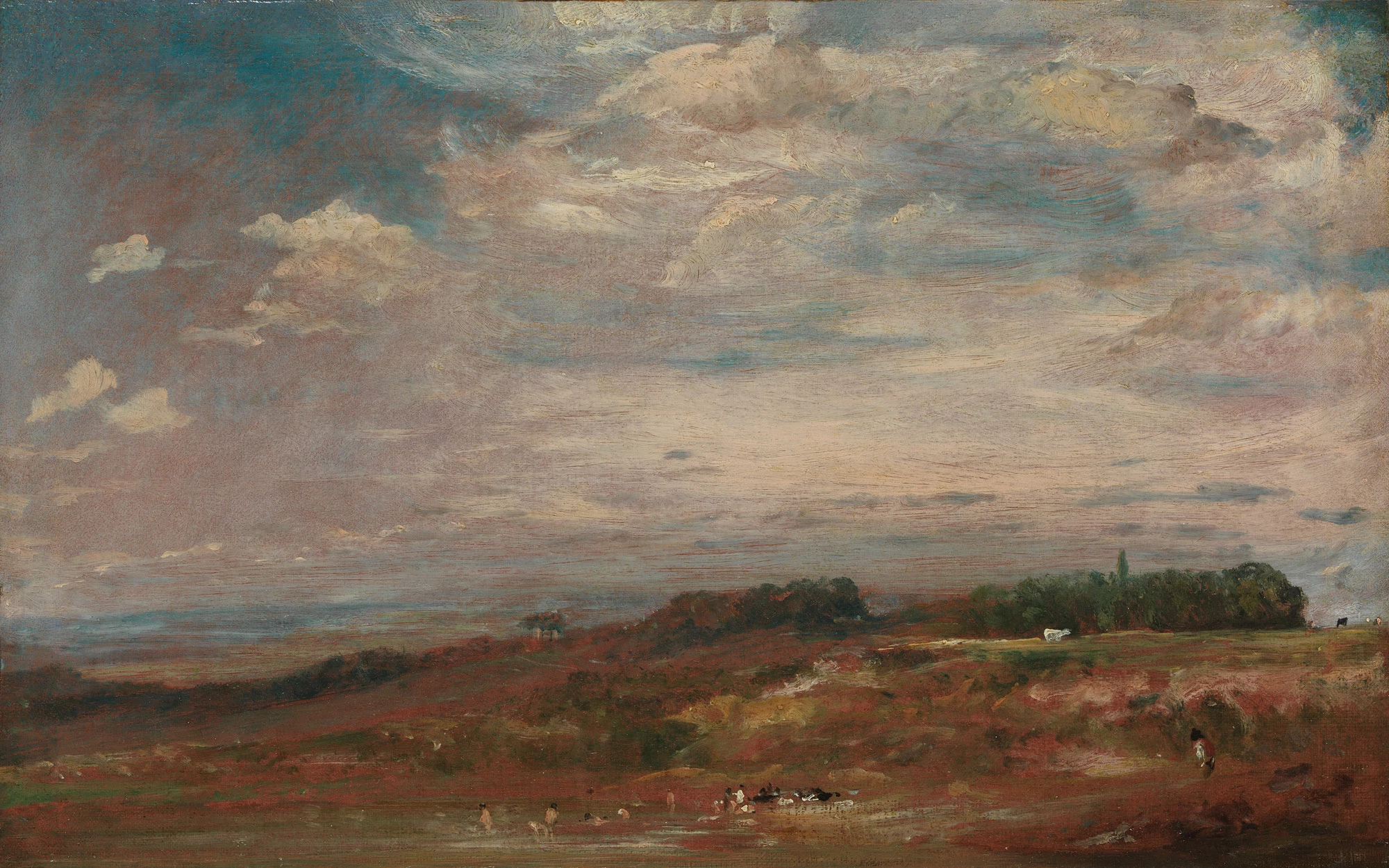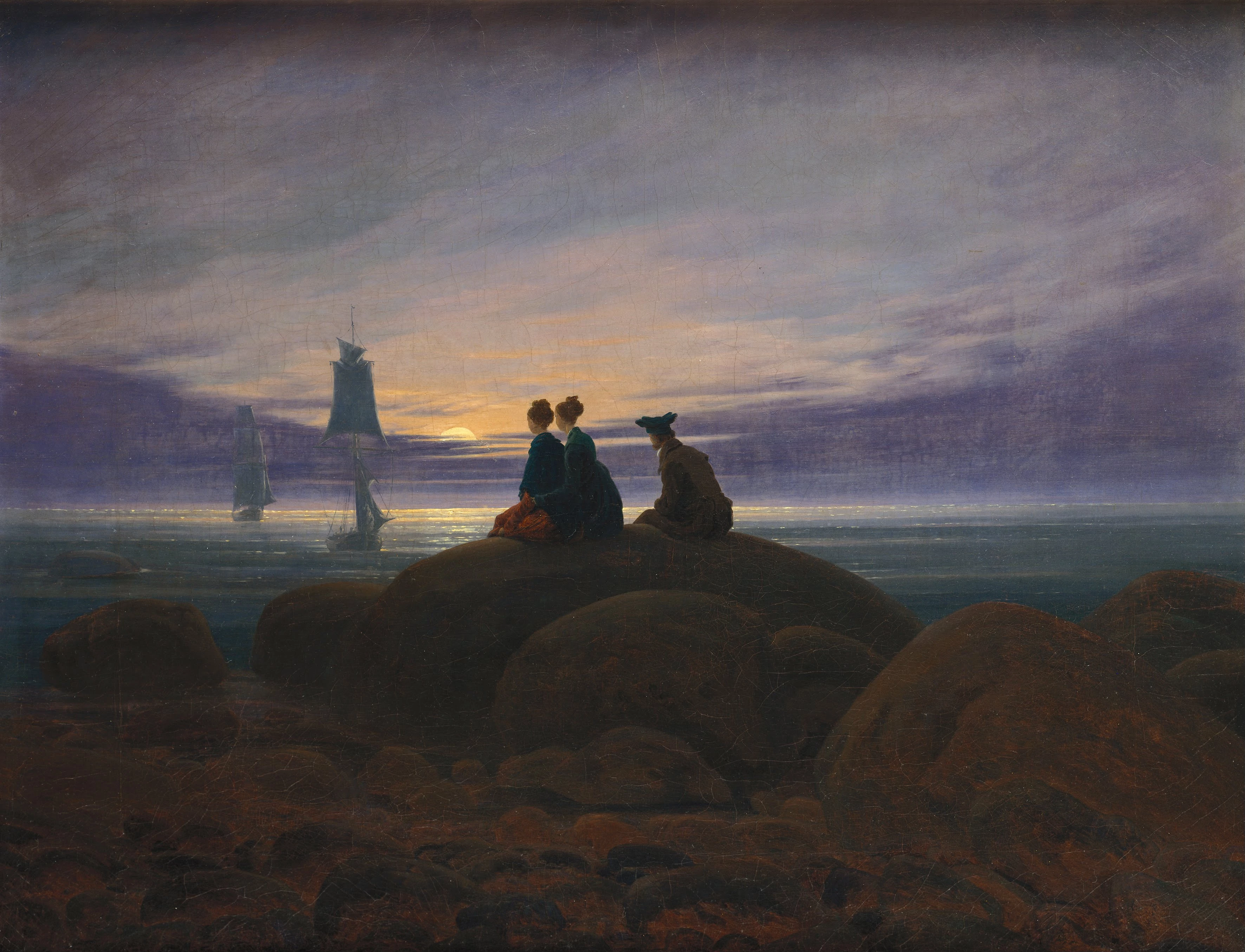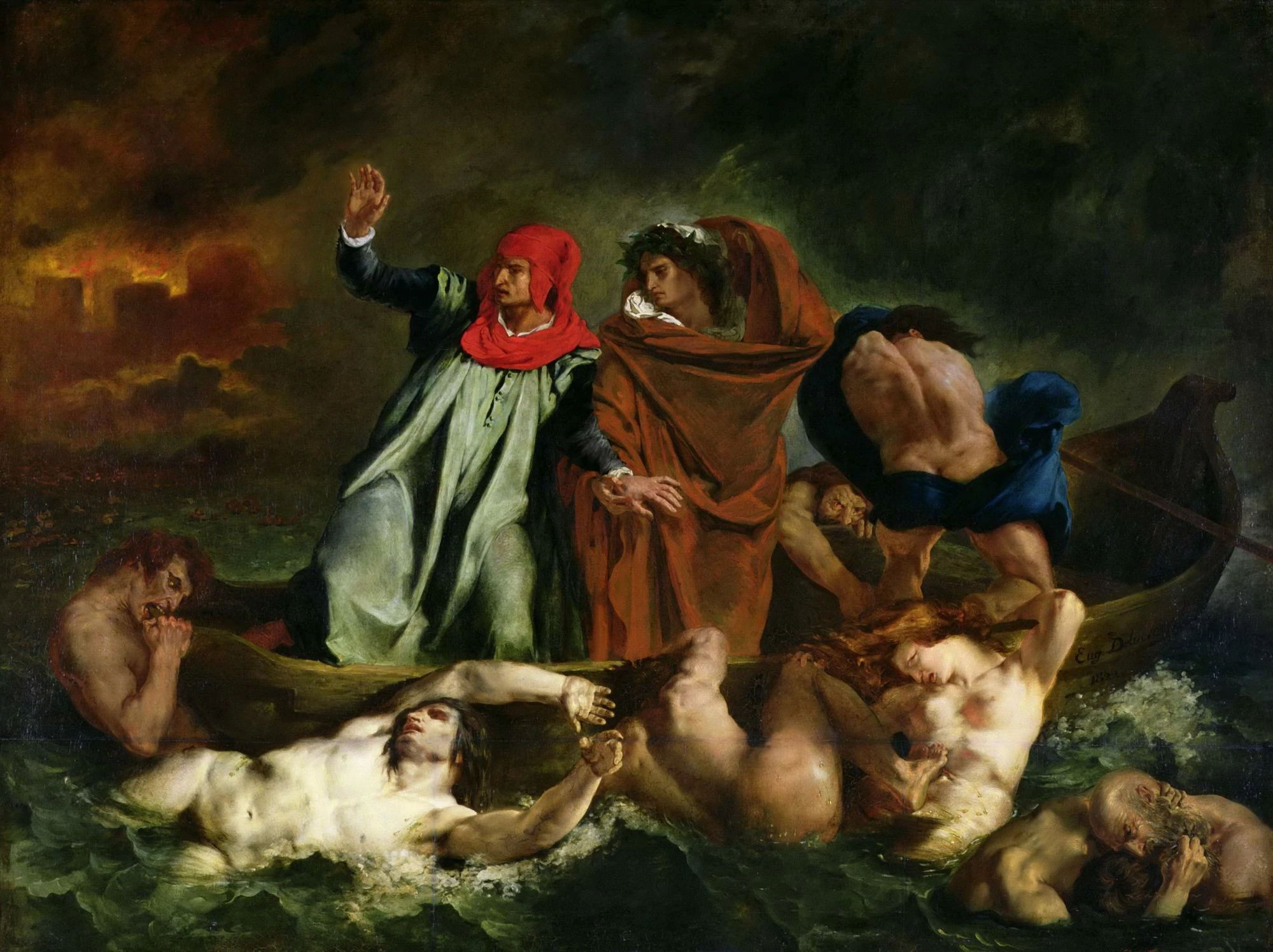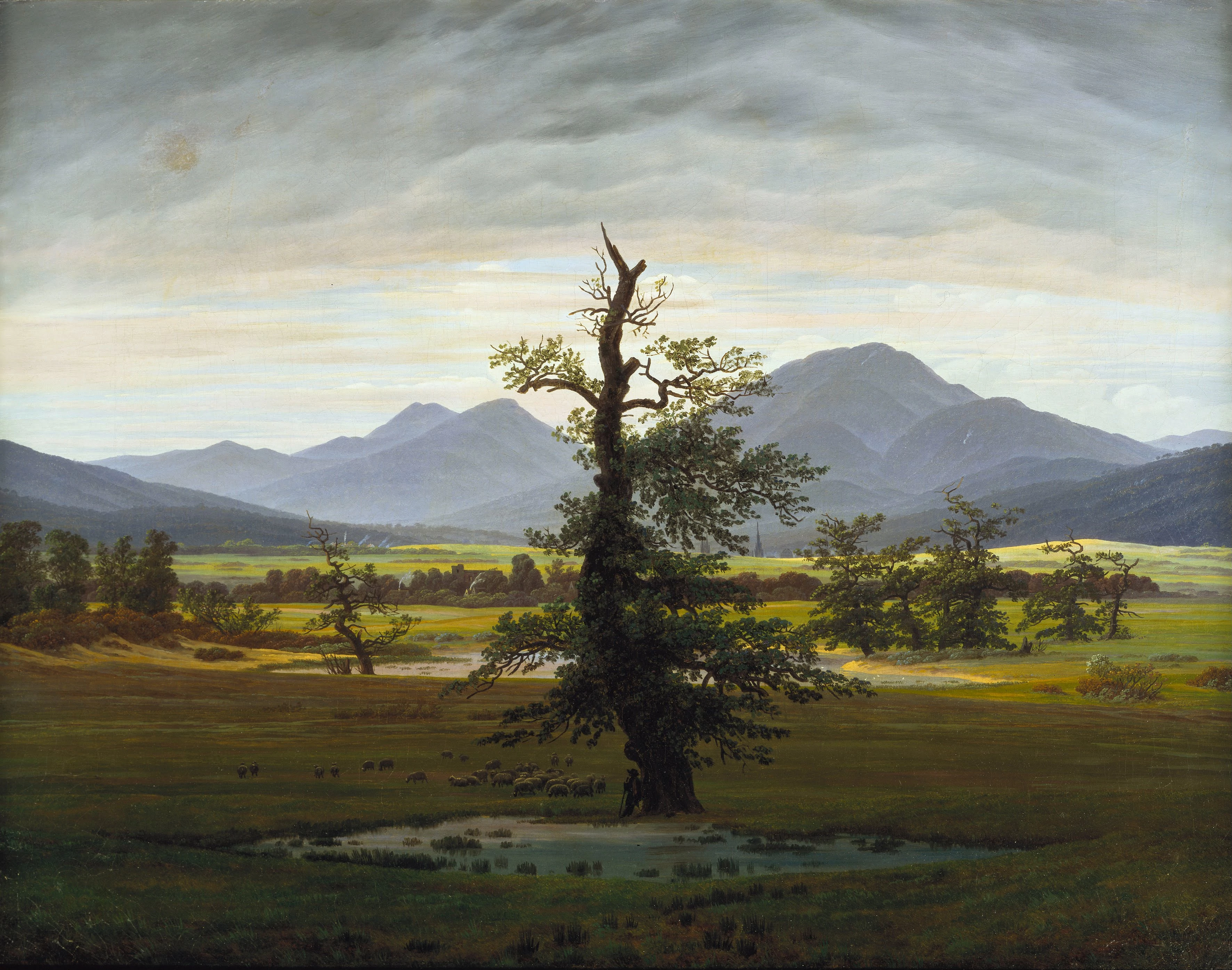Romanticism
Artistic revolt against the Age of Enlightenment
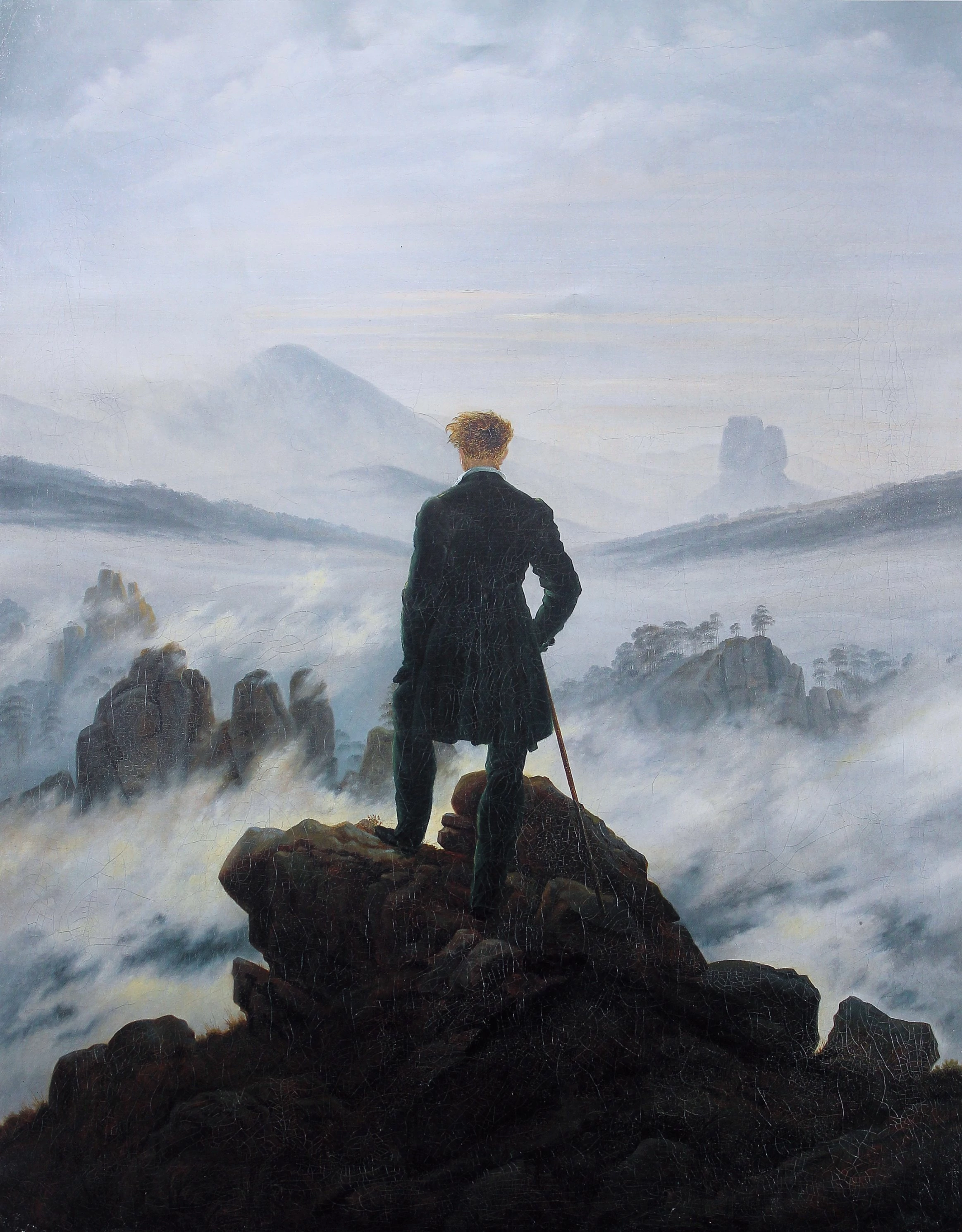

Romantic art is not romantic in the contemporary sense. It’s not referring to romantic comedies, or relationships. If you describe a person as “a Romantic” you'd be closer to the meaning and usage of the 19th century usage.
The period we call Romanticism covers, generally speaking, from the 1800-1860s. Its themes were grand! The use of one’s imagination and intuition were valued over rational thought. Rational thought brought revolution, war, and destruction. Francisco Goya’s etching is a great example of Romanticism’s reaction to the Age of Enlightenment, and the pining to access something more human than reason and logic. Many of the early Romantics turned to Nature for inspiration. The scale and the awe of nature became an ideal subject matter to express the inner life, the imagination and what it means to be human—a part of creation rather than separate from it. Our contemporary ideas of connecting Romance to travel, distant lands, awe-inspiring landscapes, can be directly linked back to the art, music and writing of this period.


The birth of science out of fire
1734 – 1797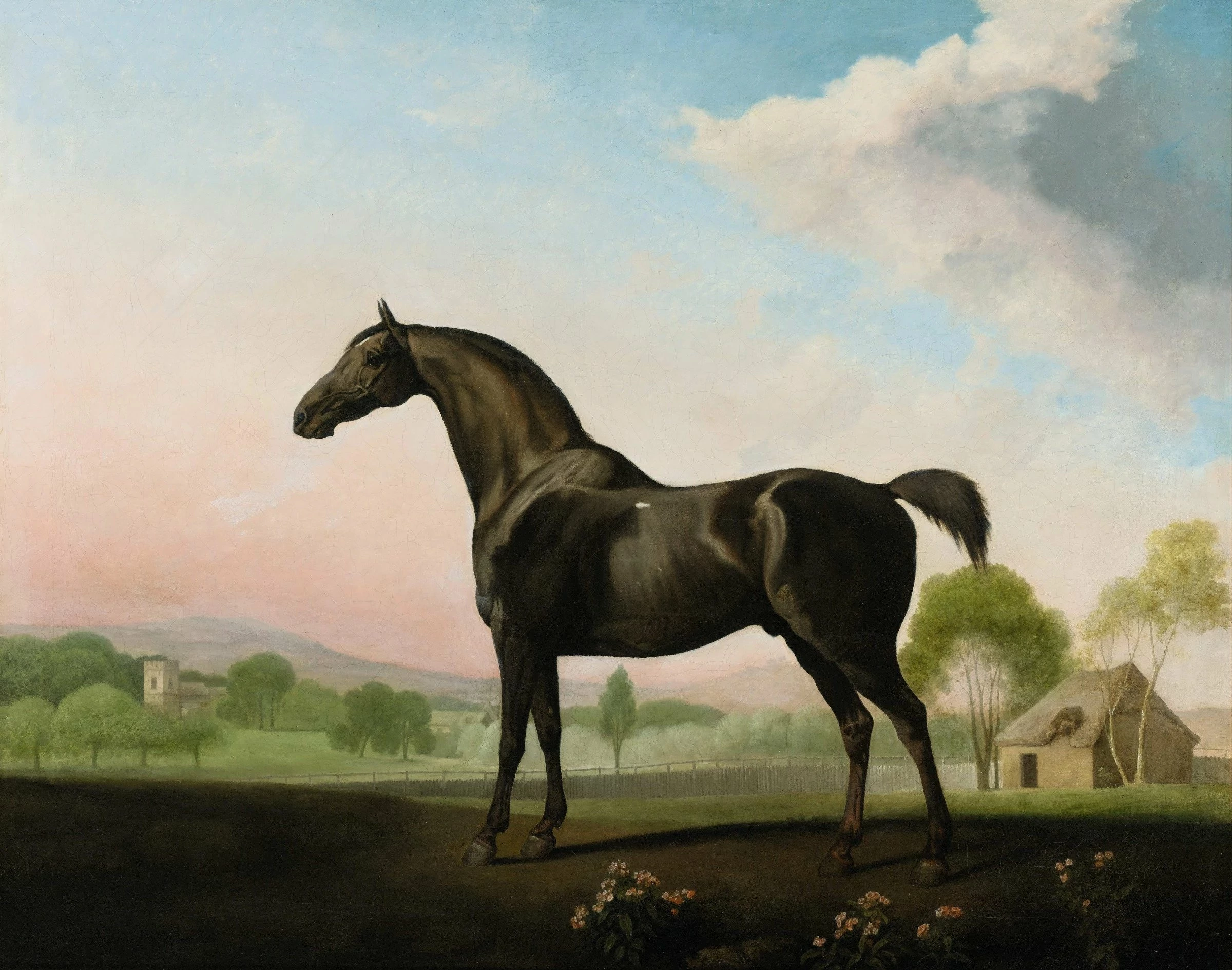
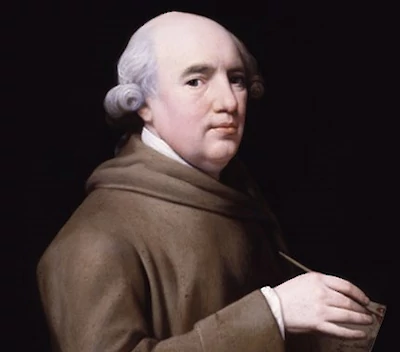
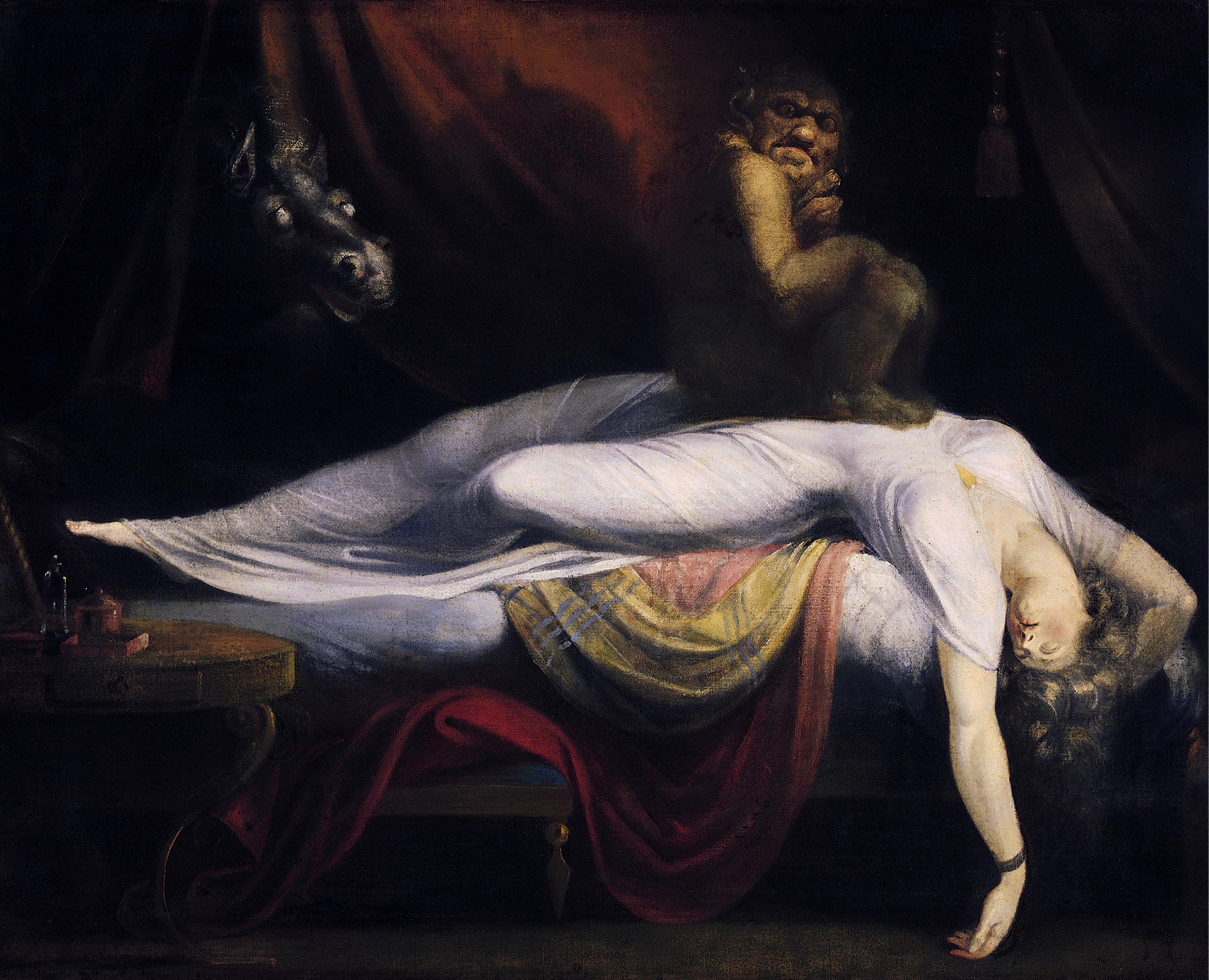

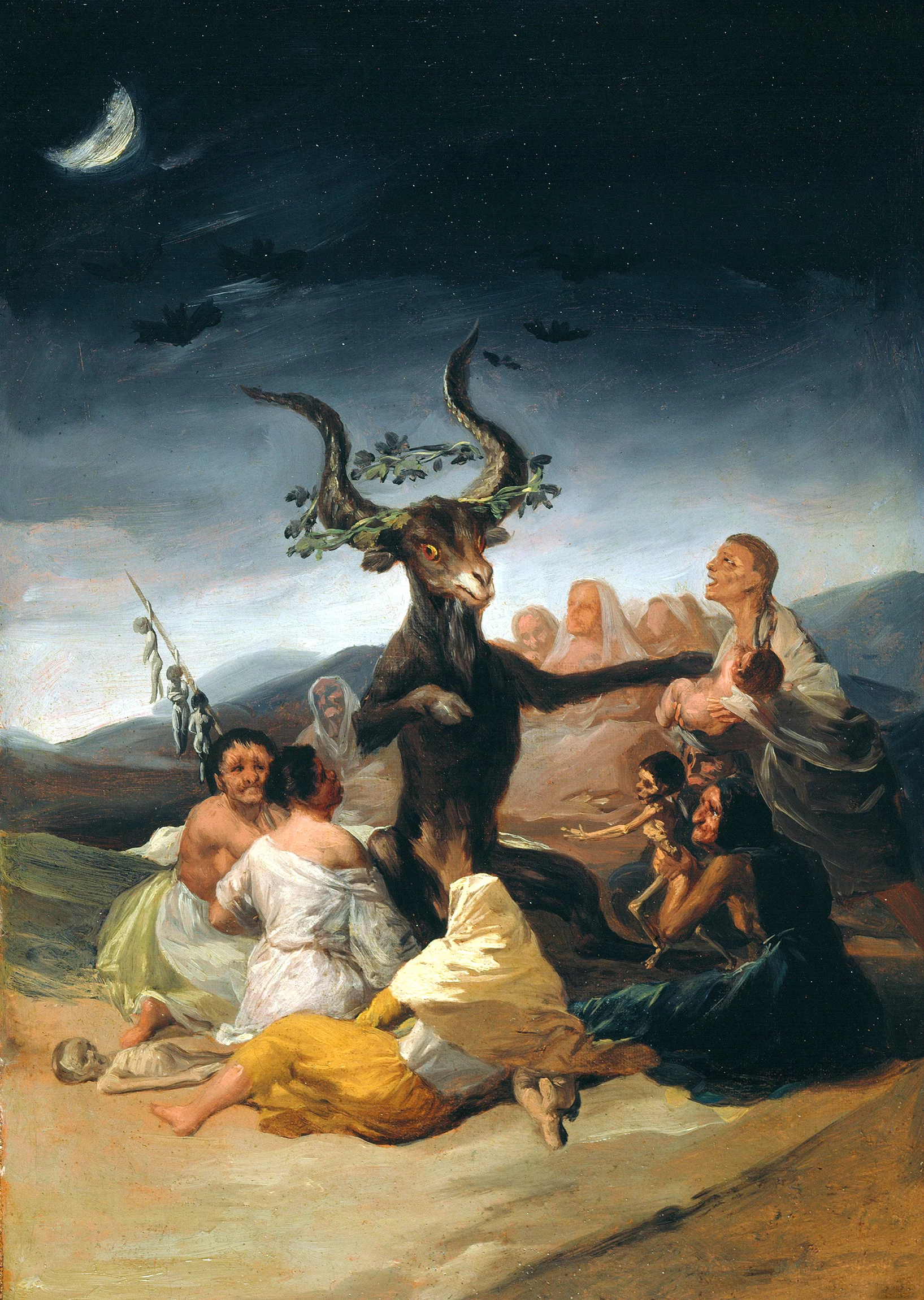
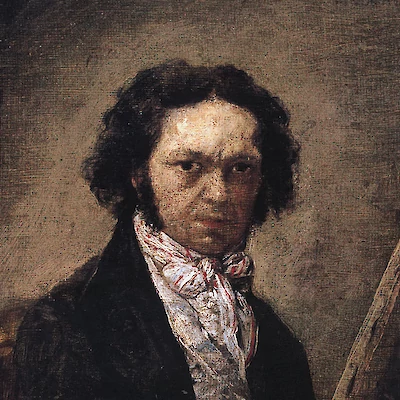
I didn't know Picasso but he knew me
1746 – 1828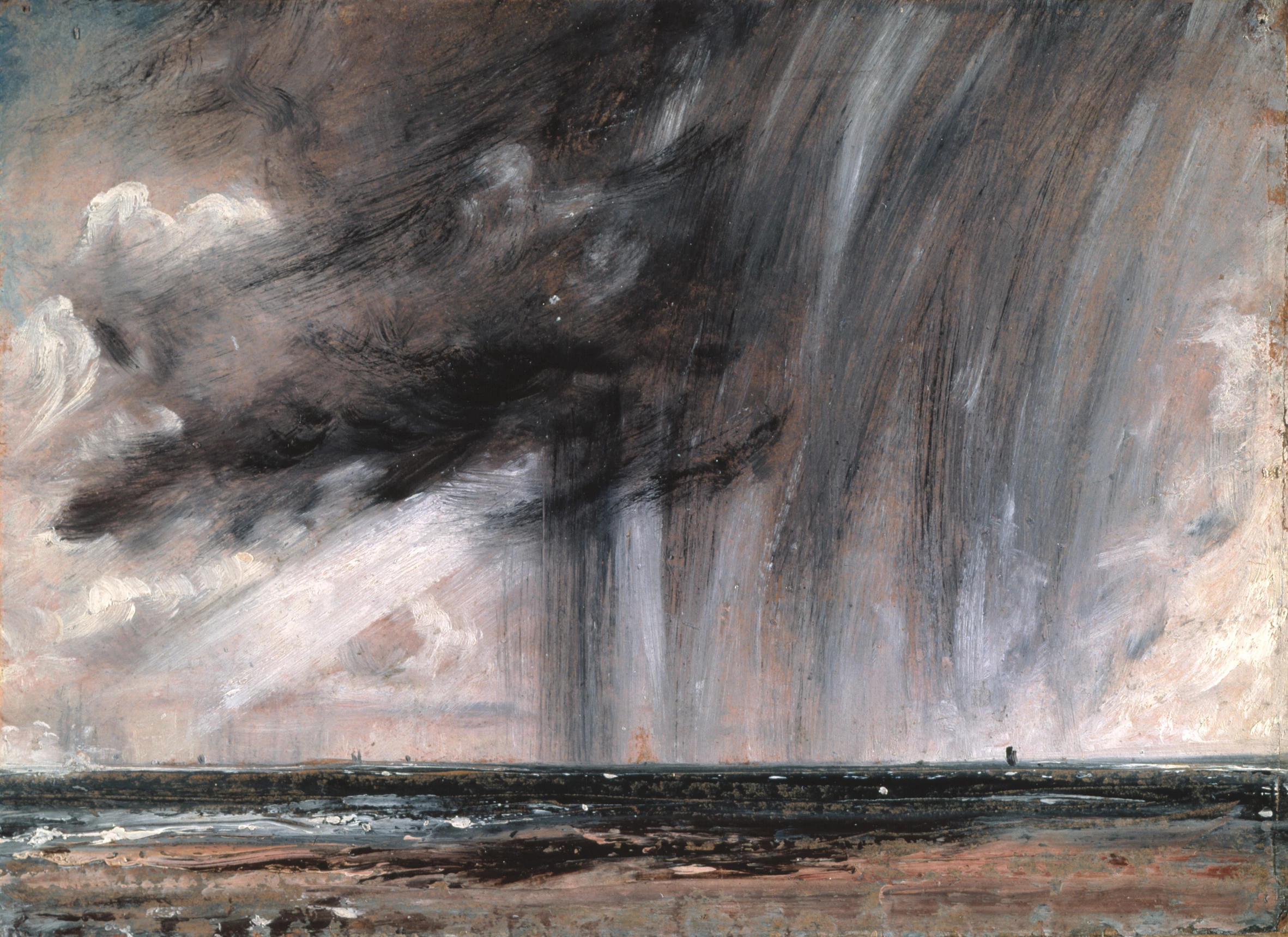

Nature wins, every time
1776 – 1837

The quiet tragedy of the big big world
1774 – 1840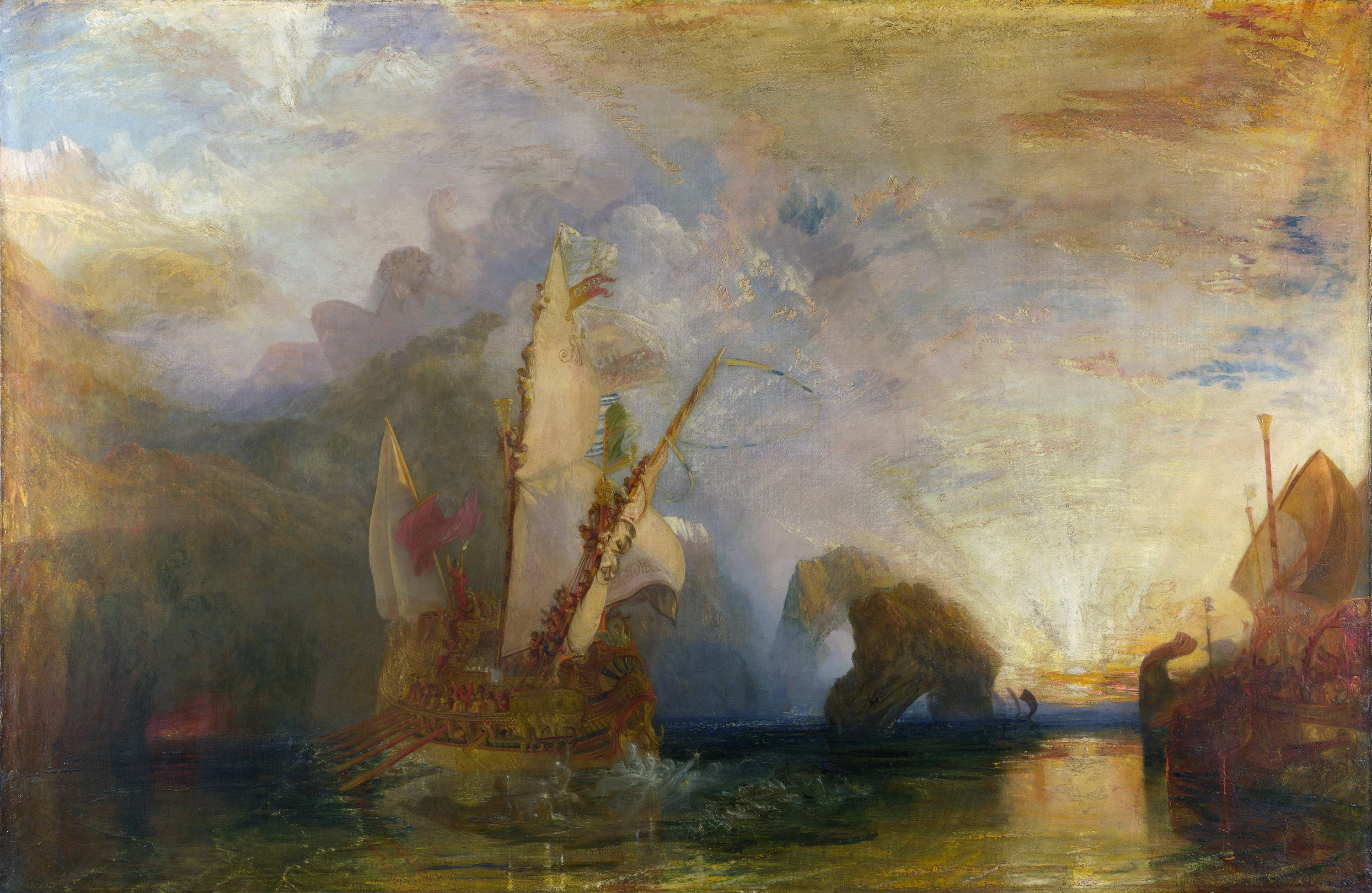
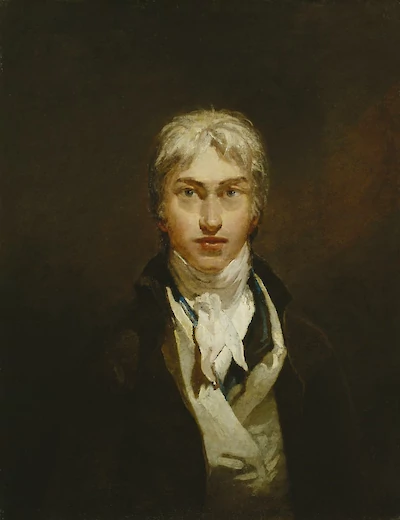
Every age has its star; meet J.M.W. Turner
1775 – 1851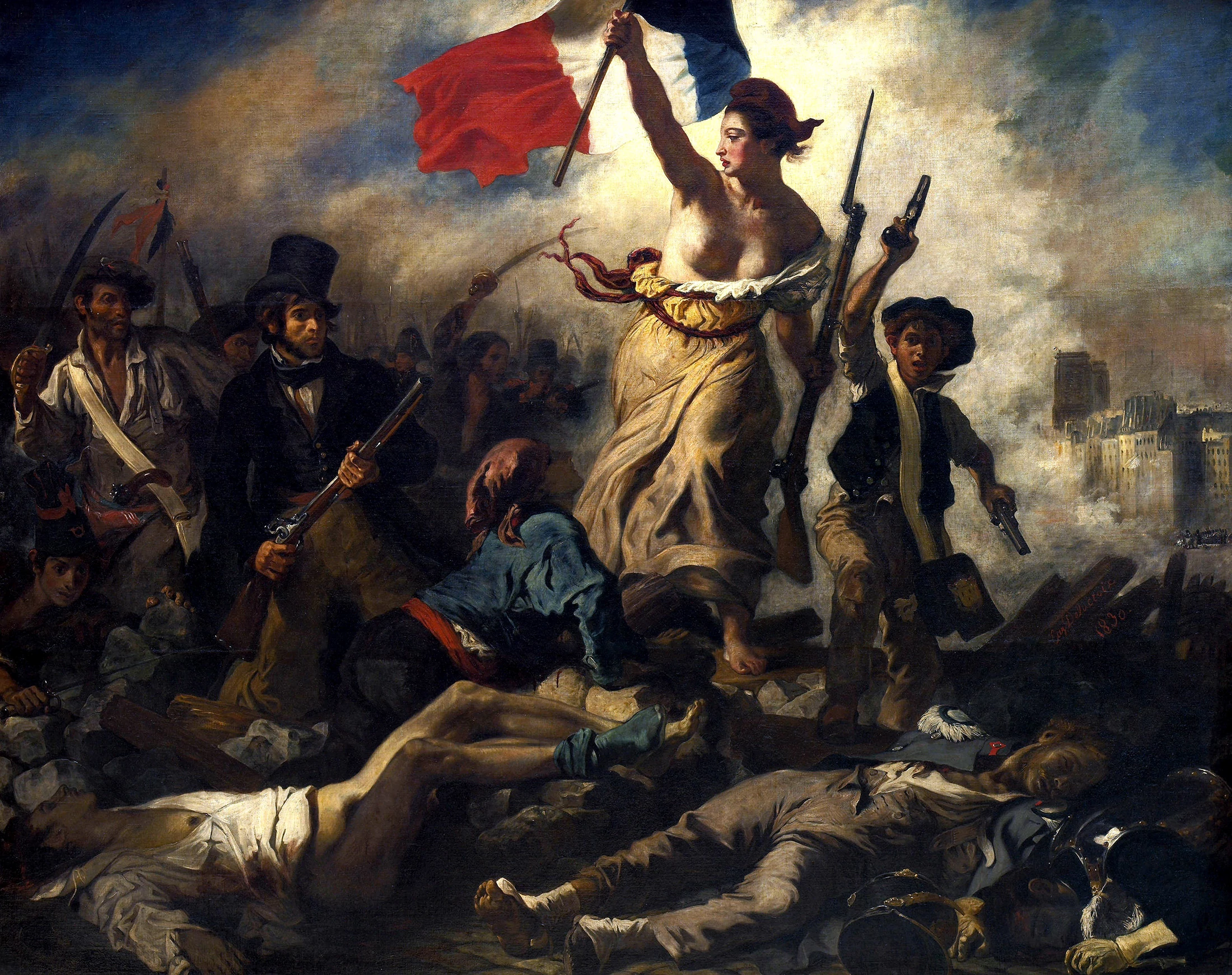

Drama, movement and a search for the exotic
1798 – 1863

Bigger is better
1798 – 1863
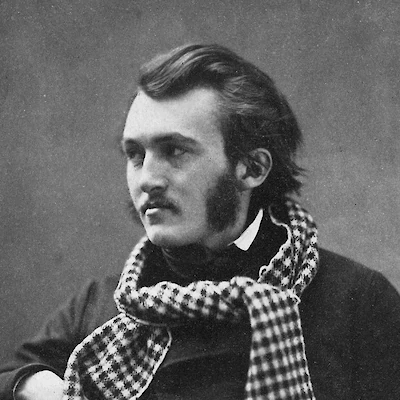
Father of Horror, Father of Fantasy
1832 – 1883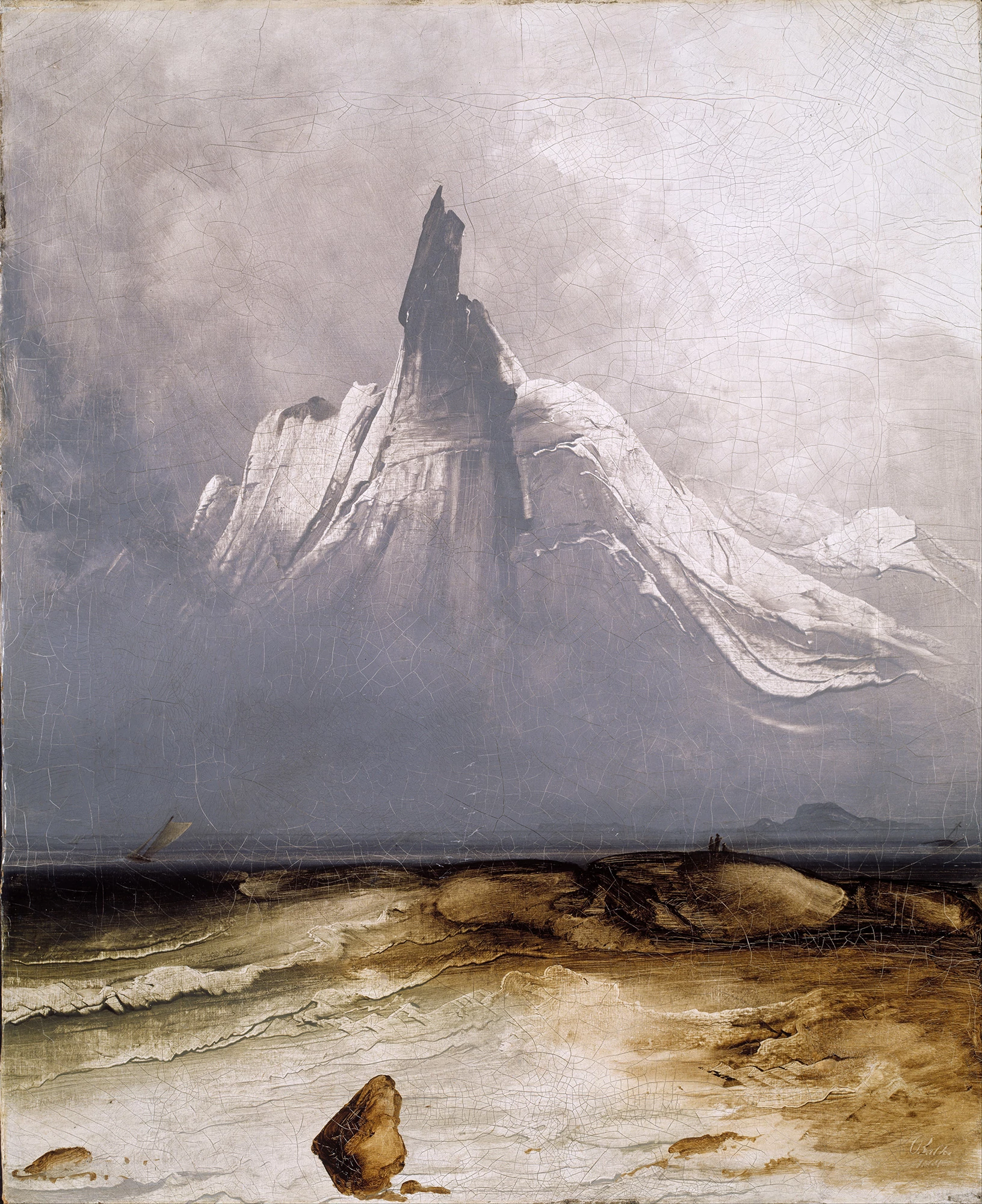
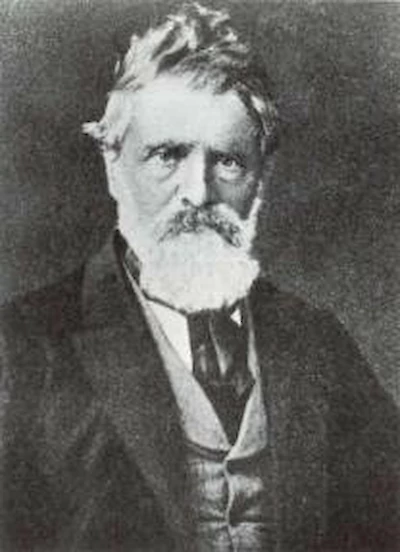
Hard luck in the land of supernatural beauty
1804 – 1887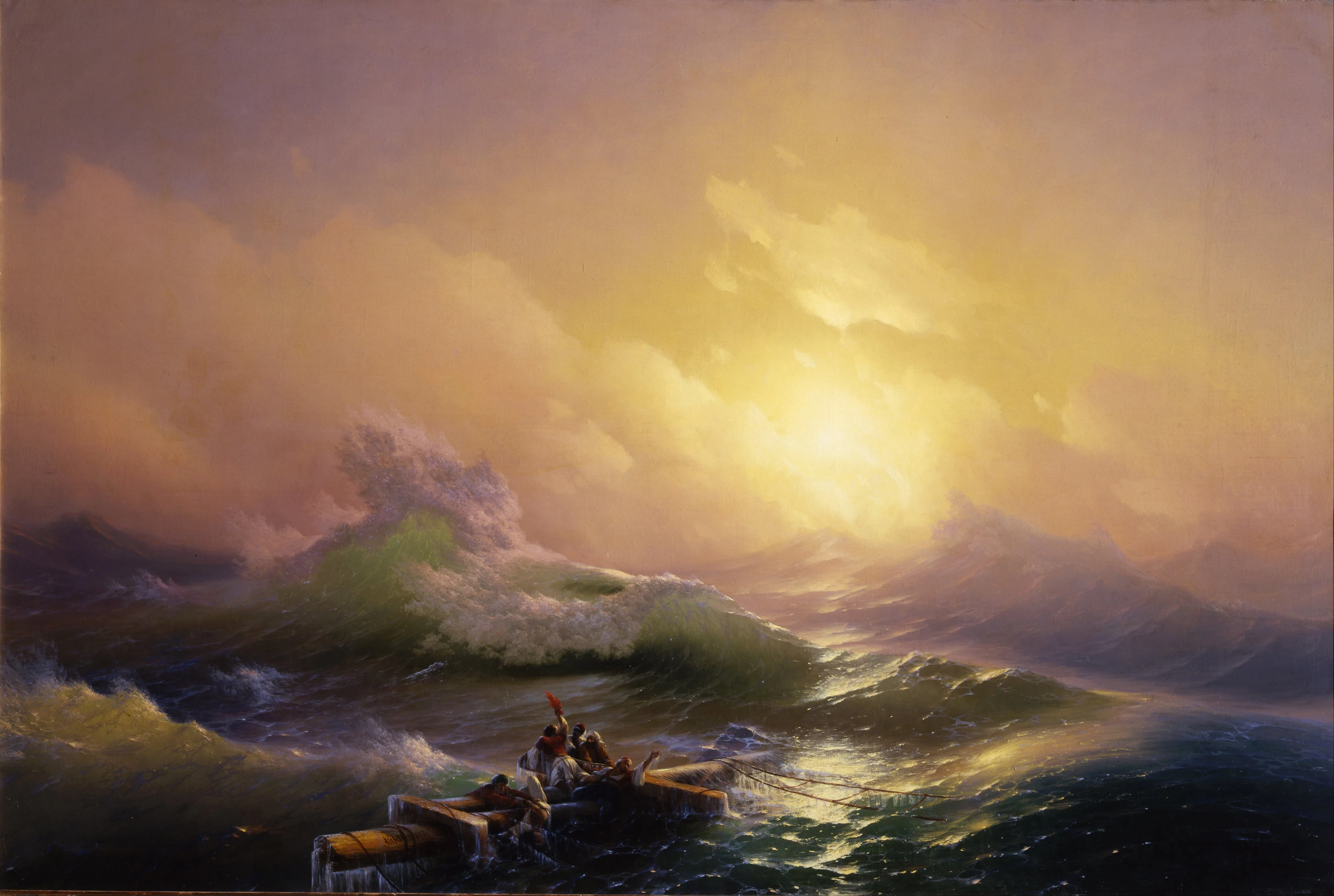

A military painter sponsored by the state—smells like propaganda
1817 – 1900